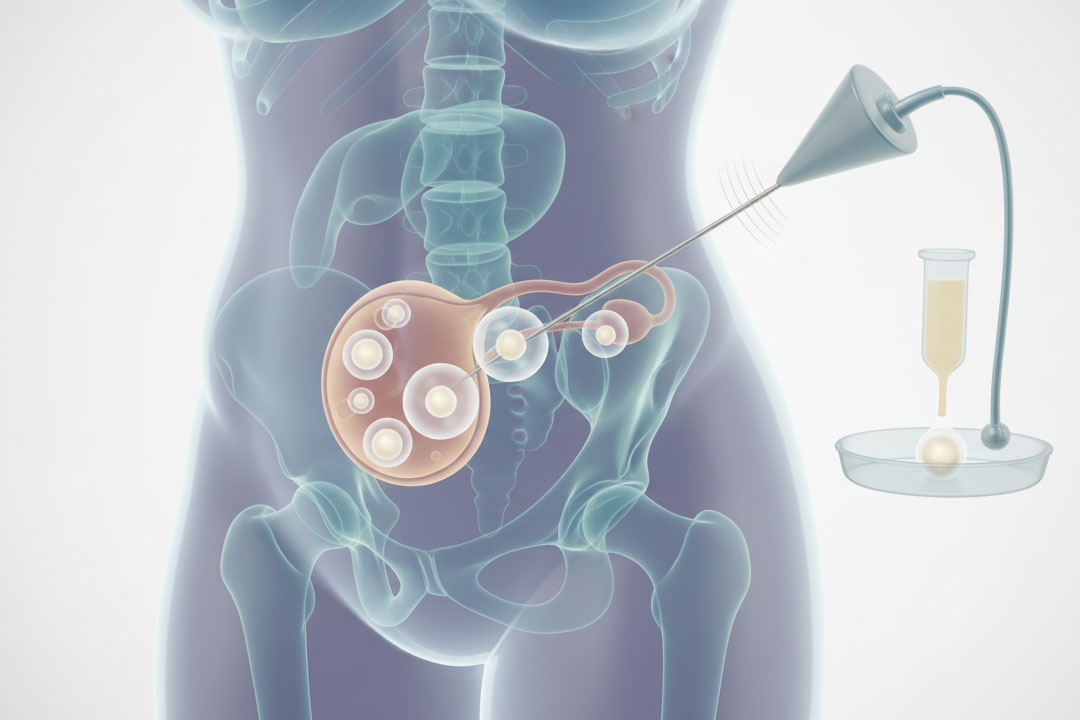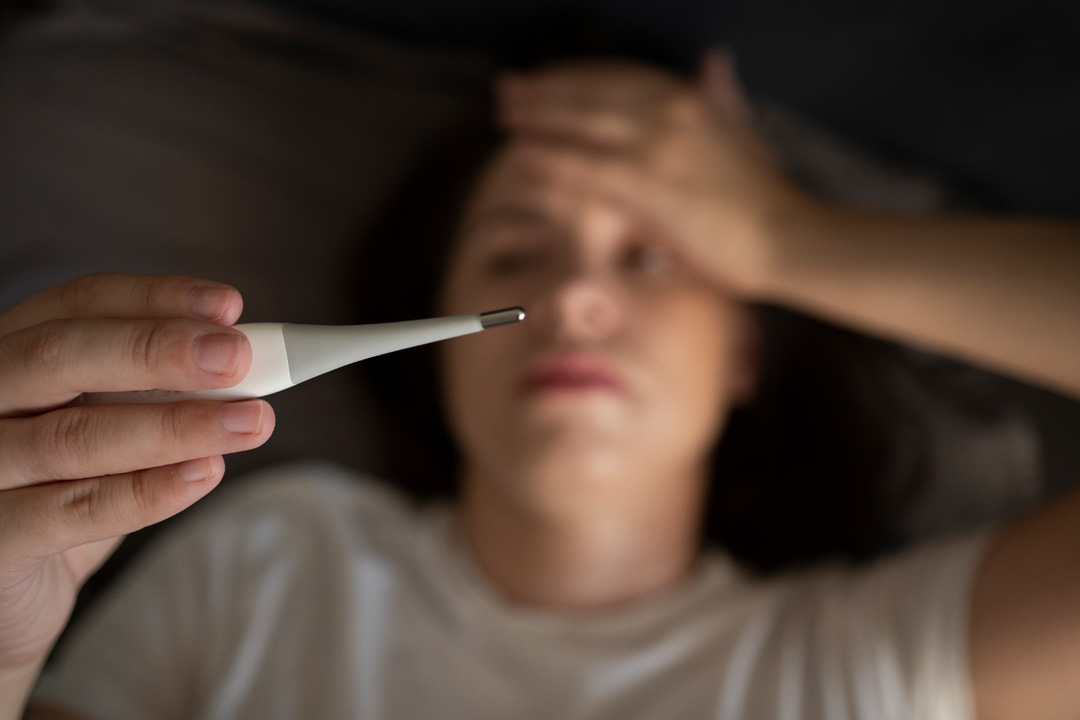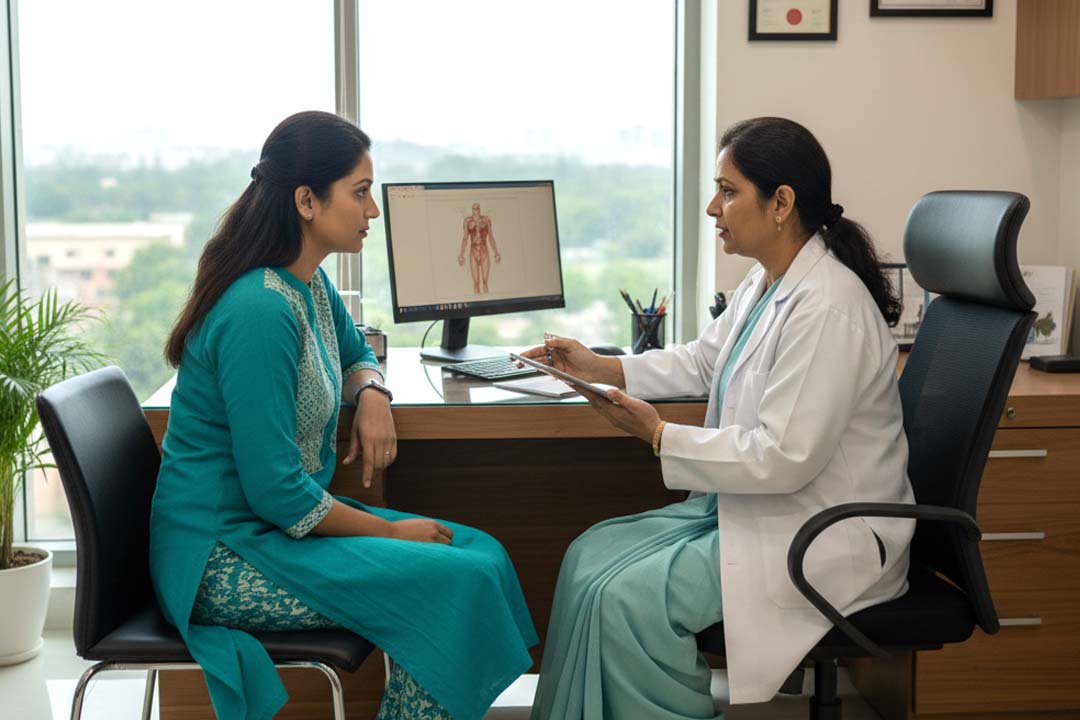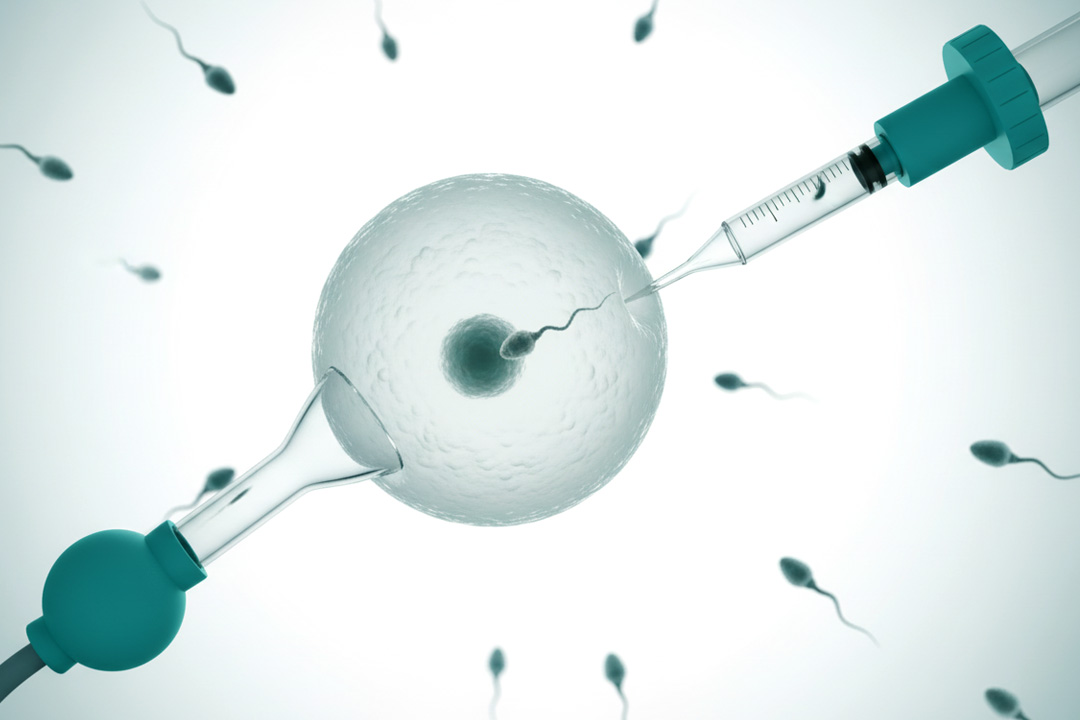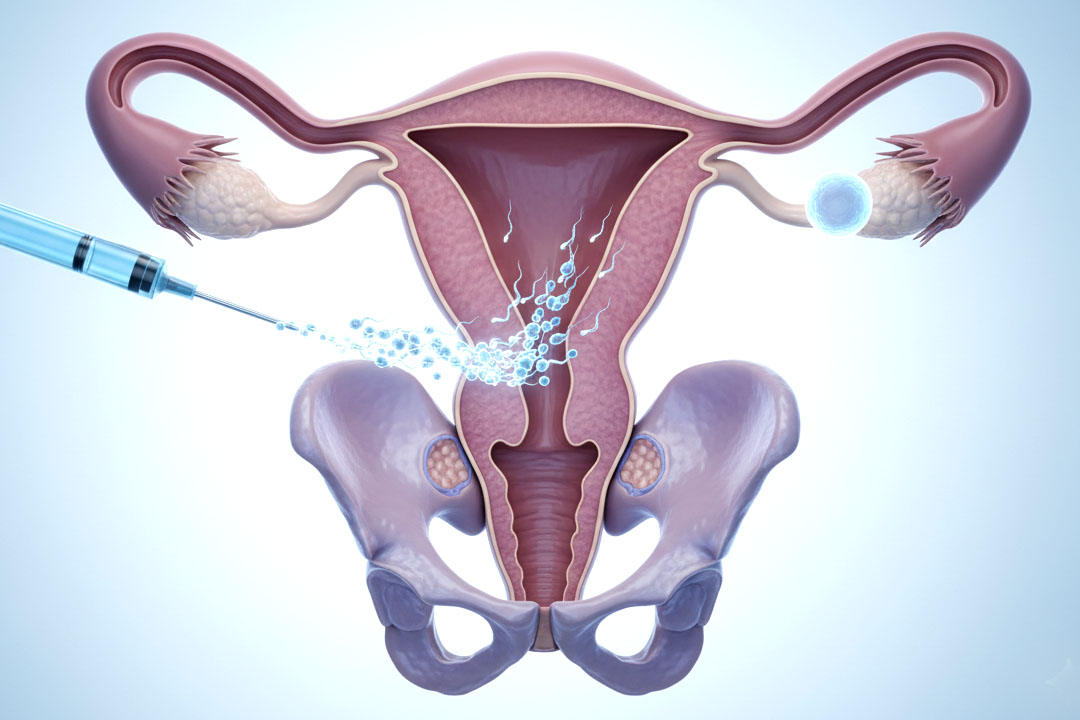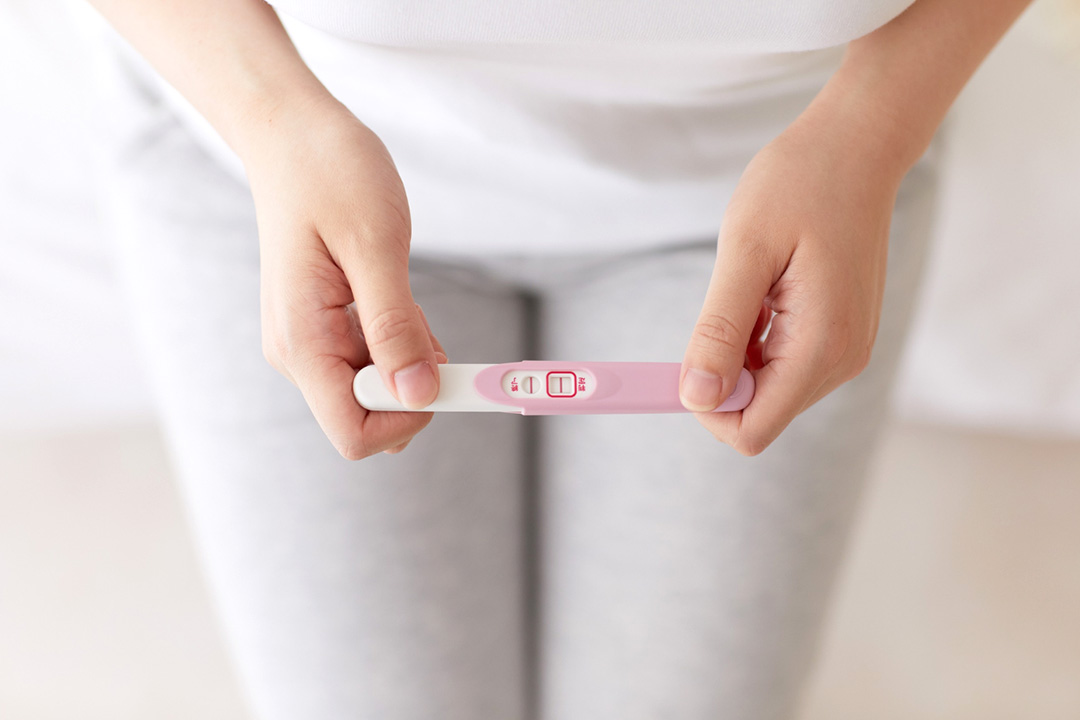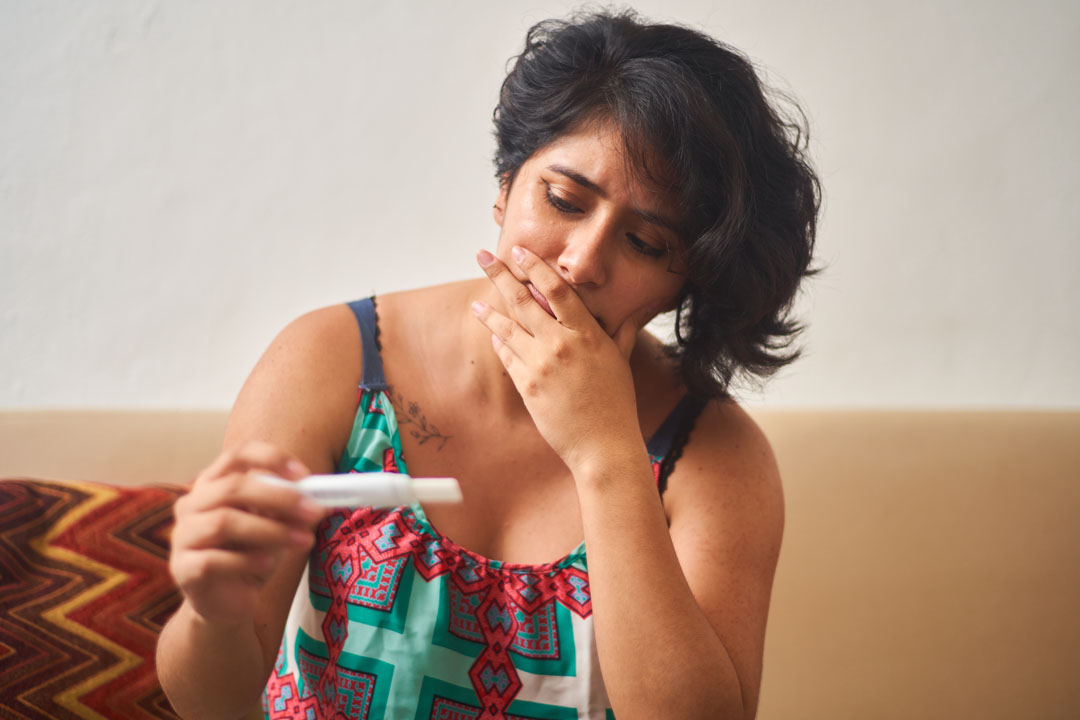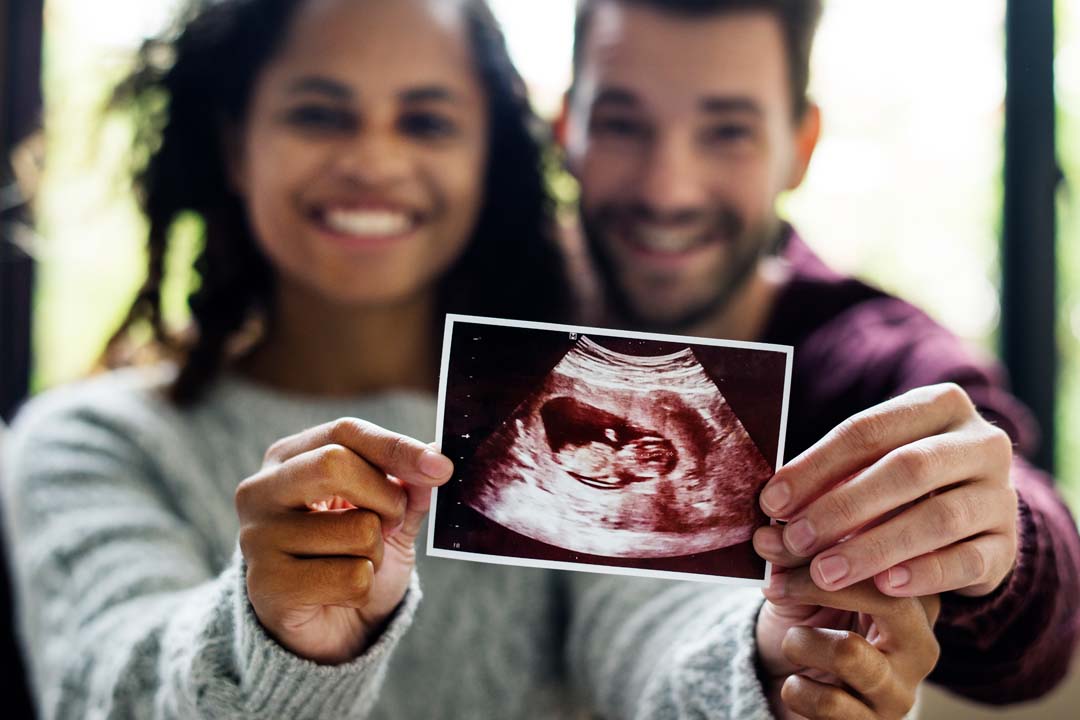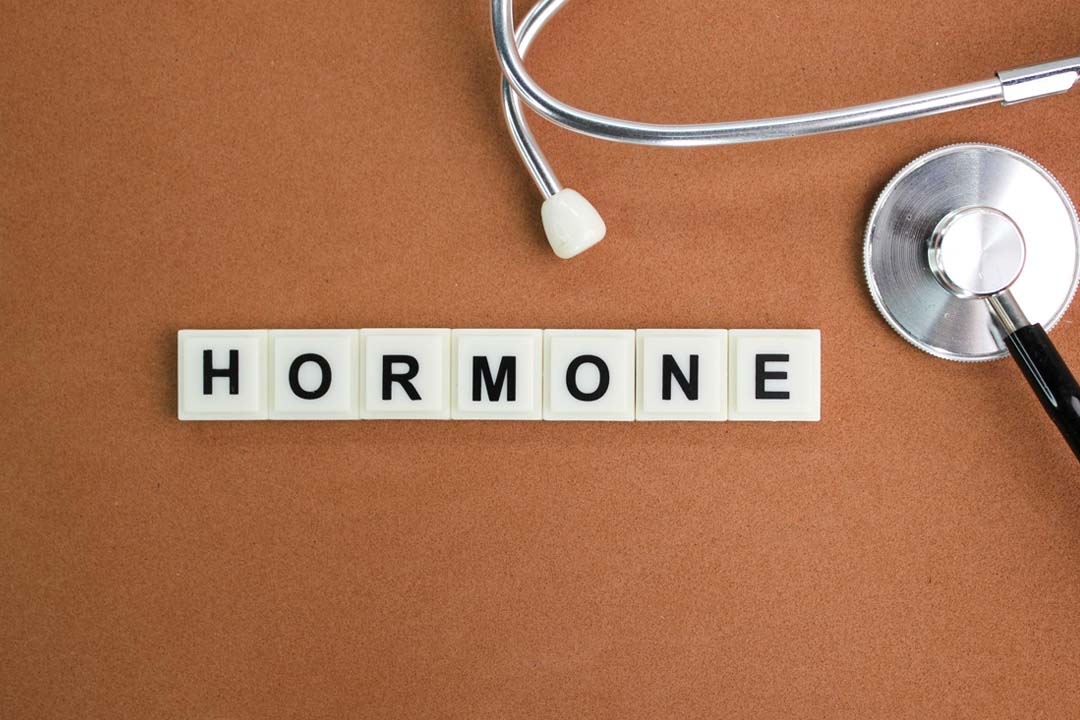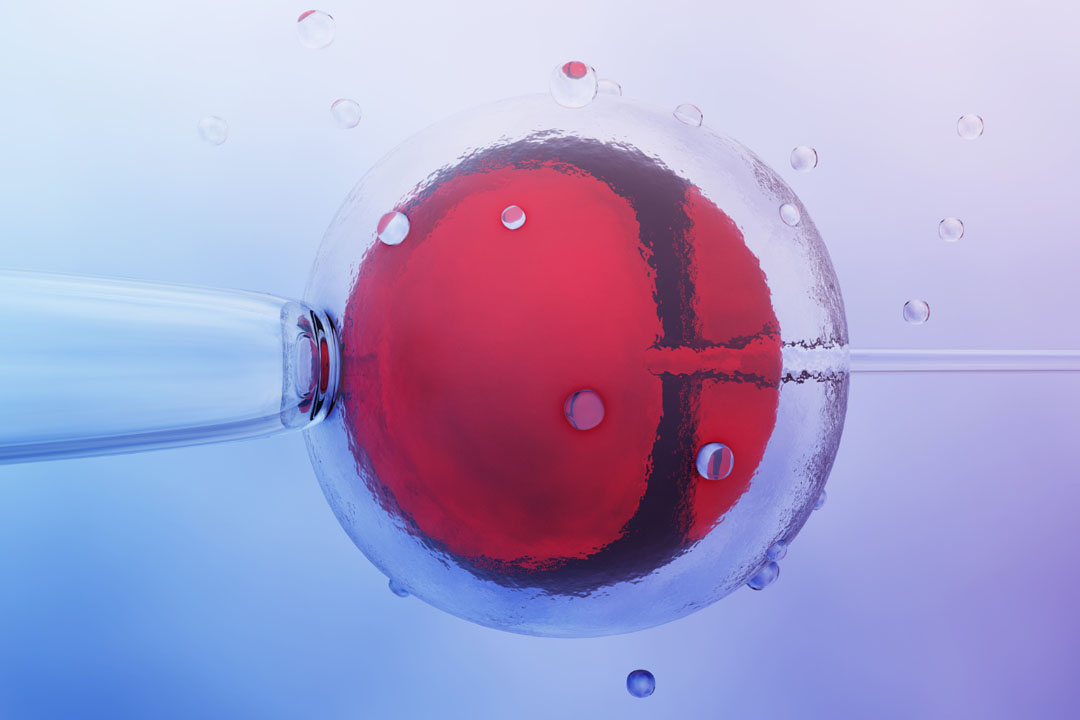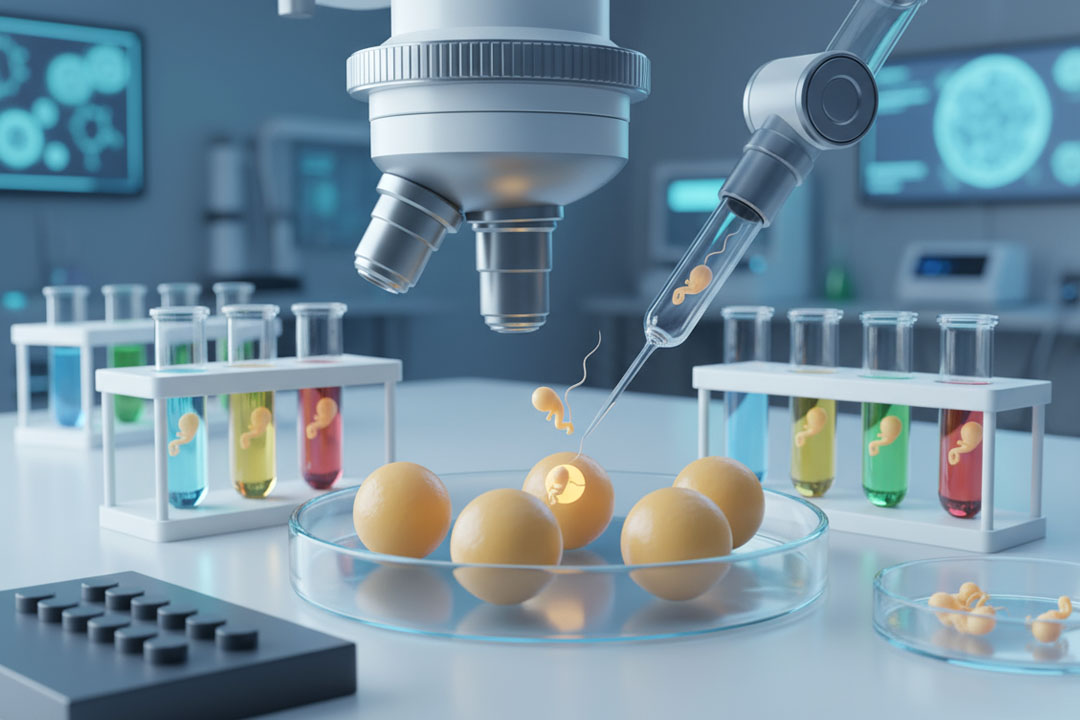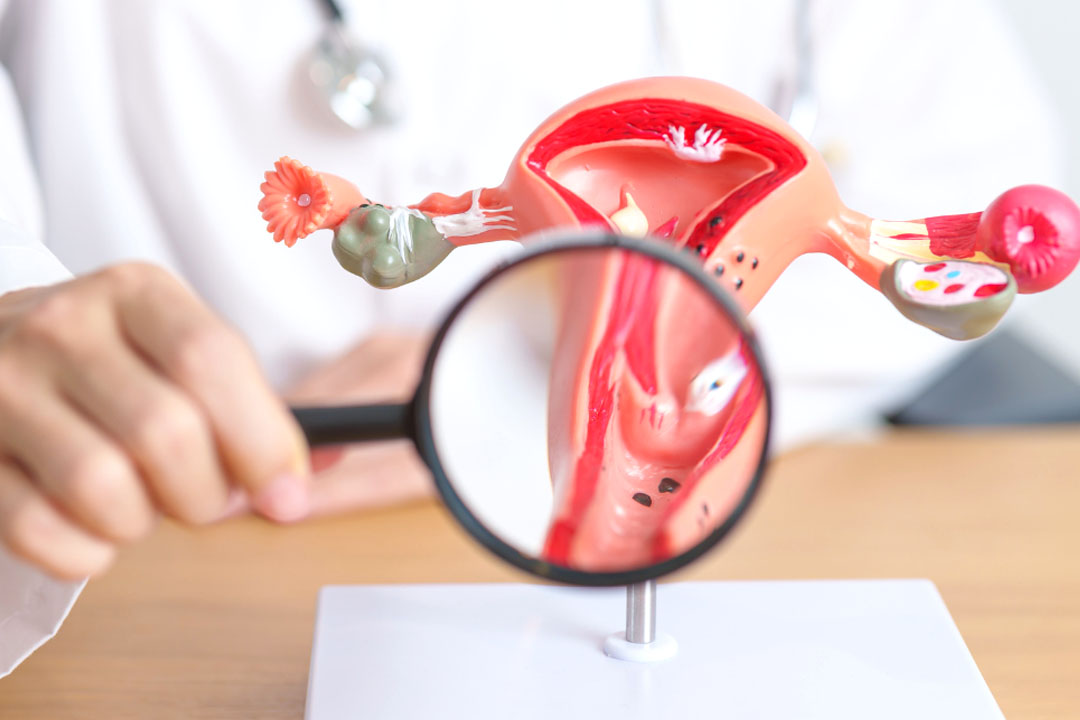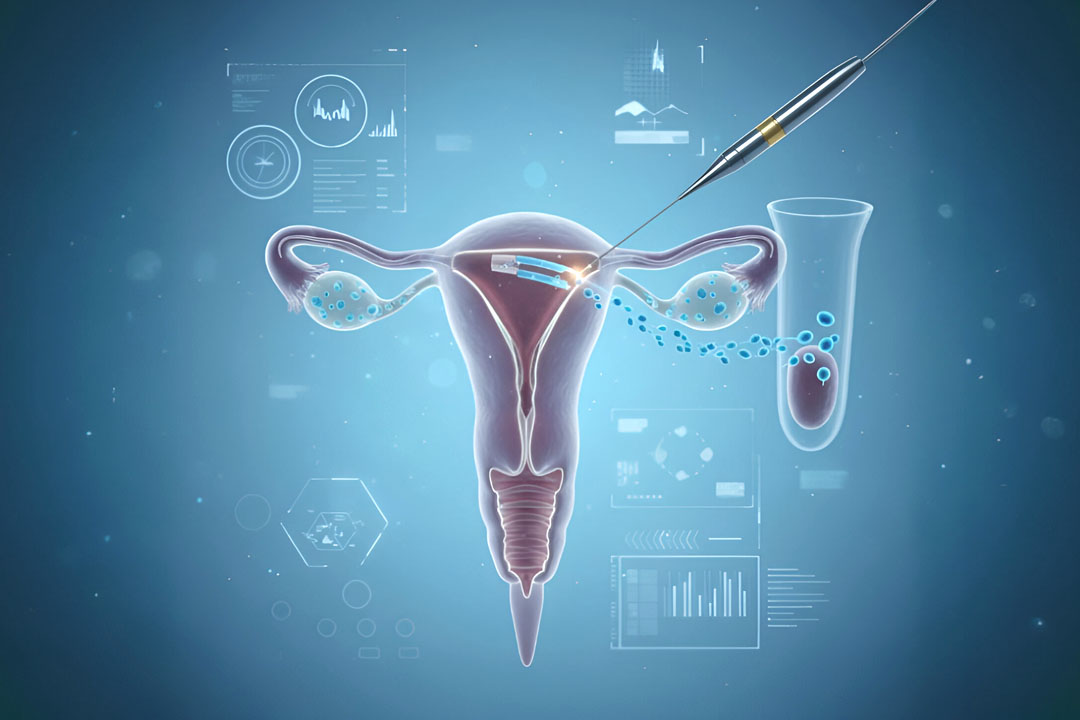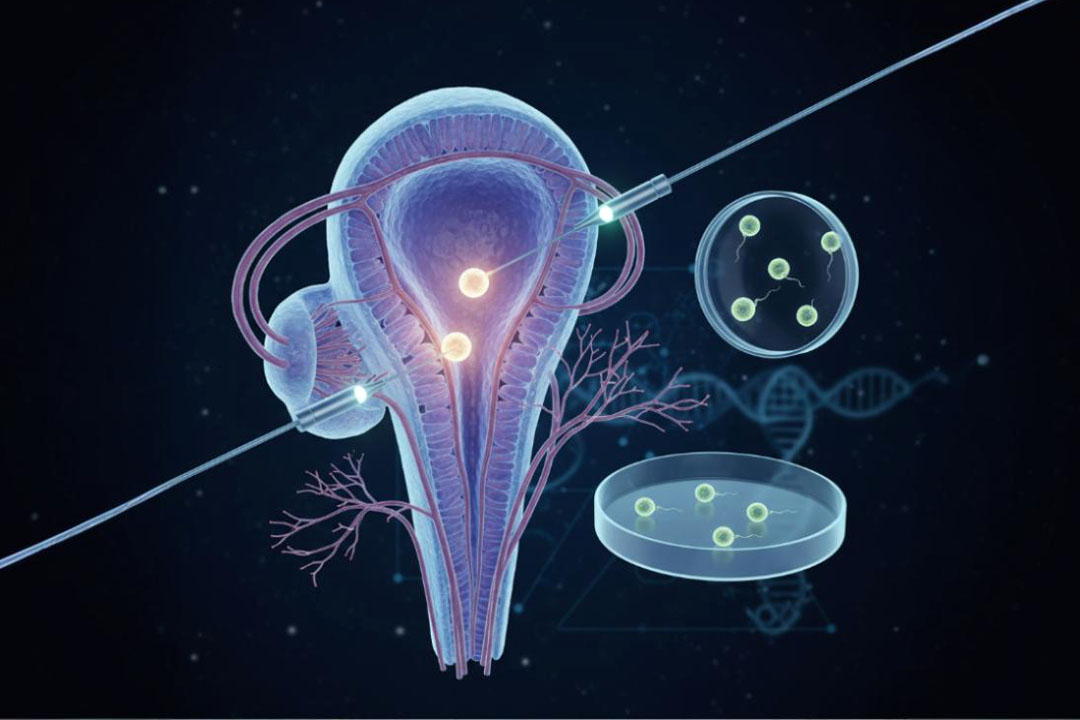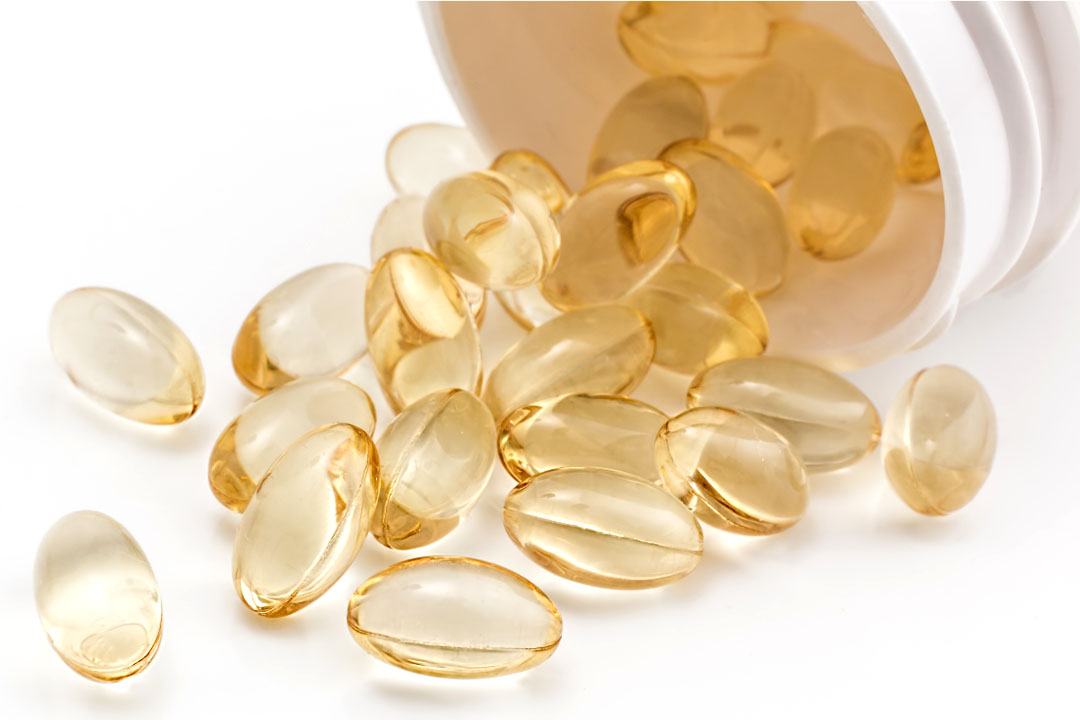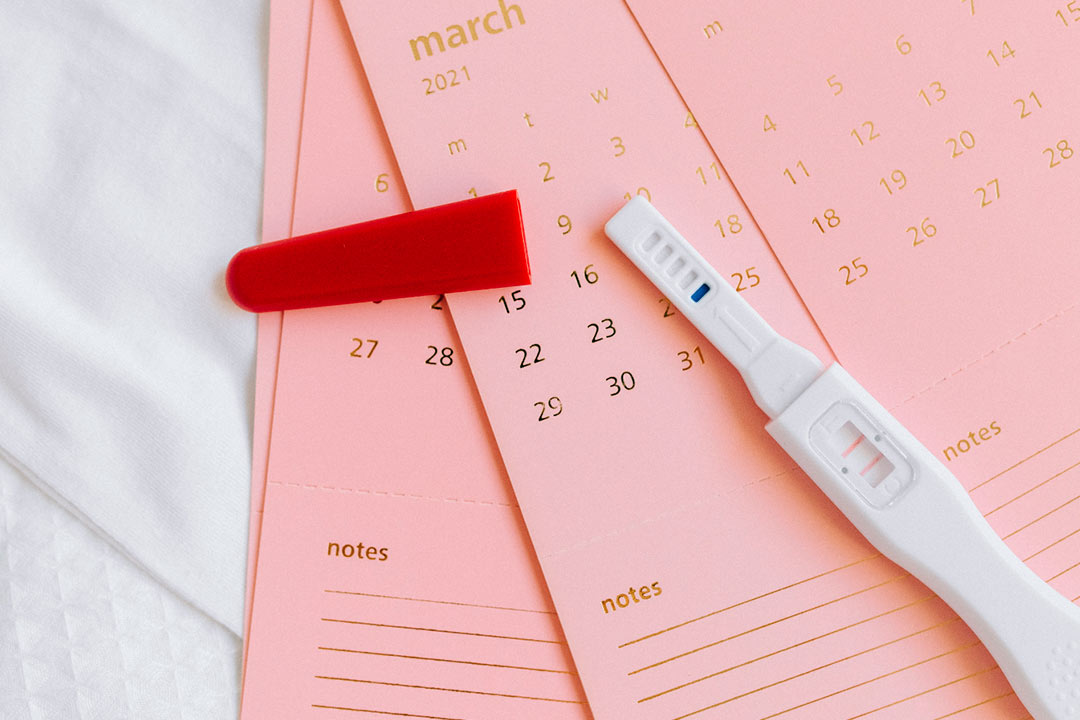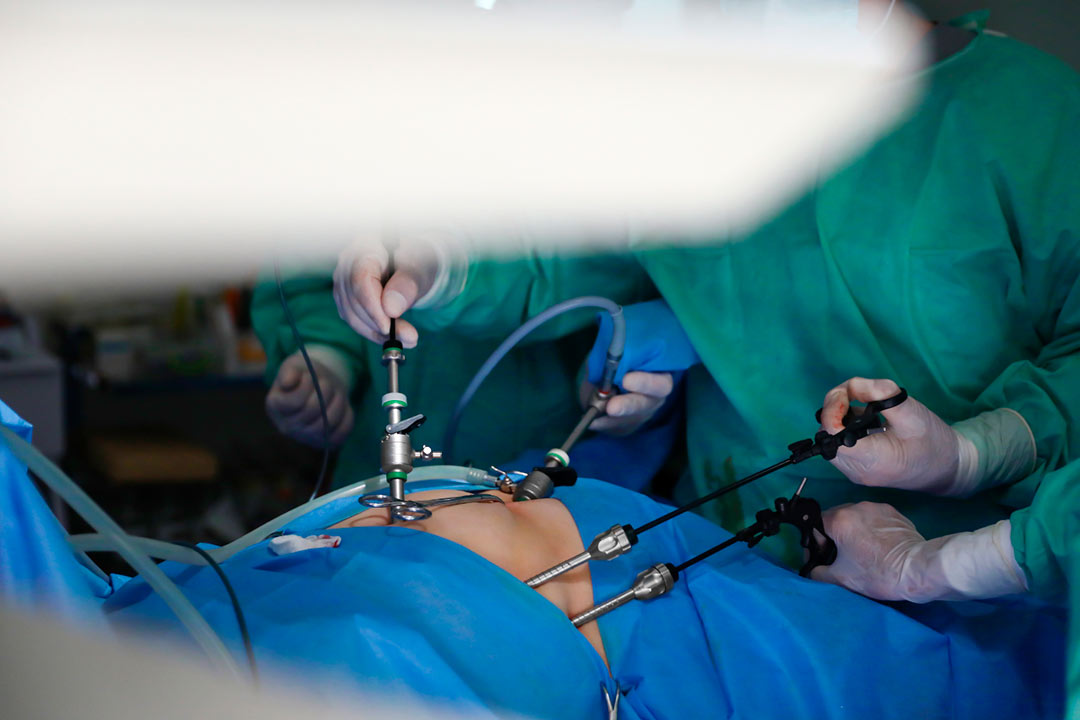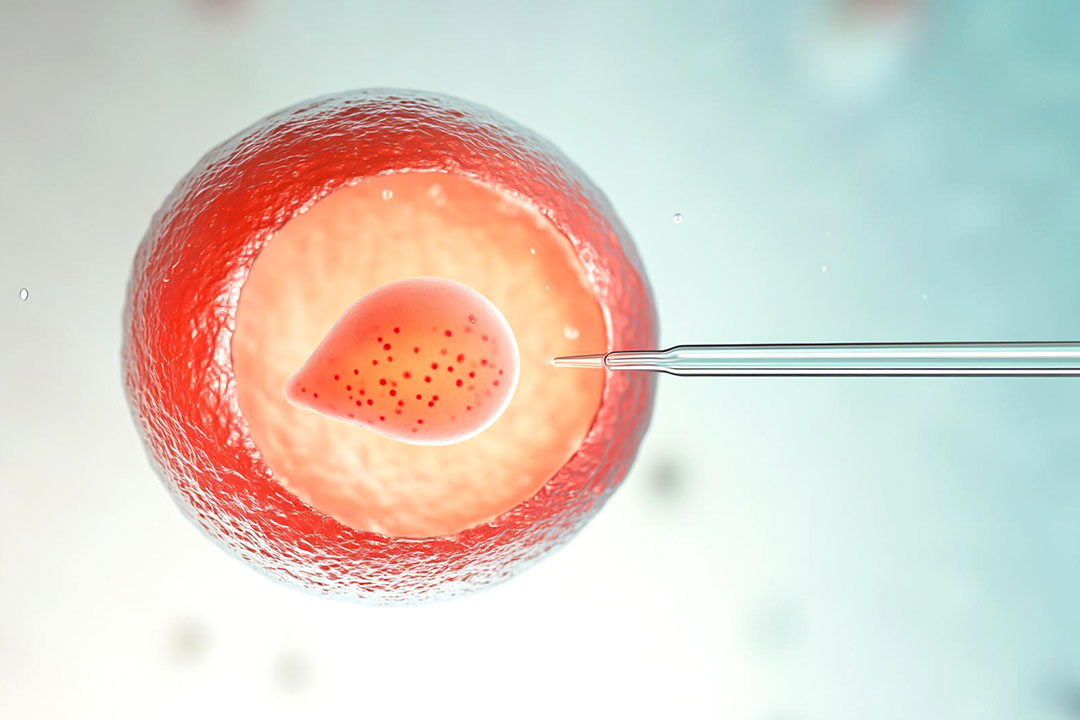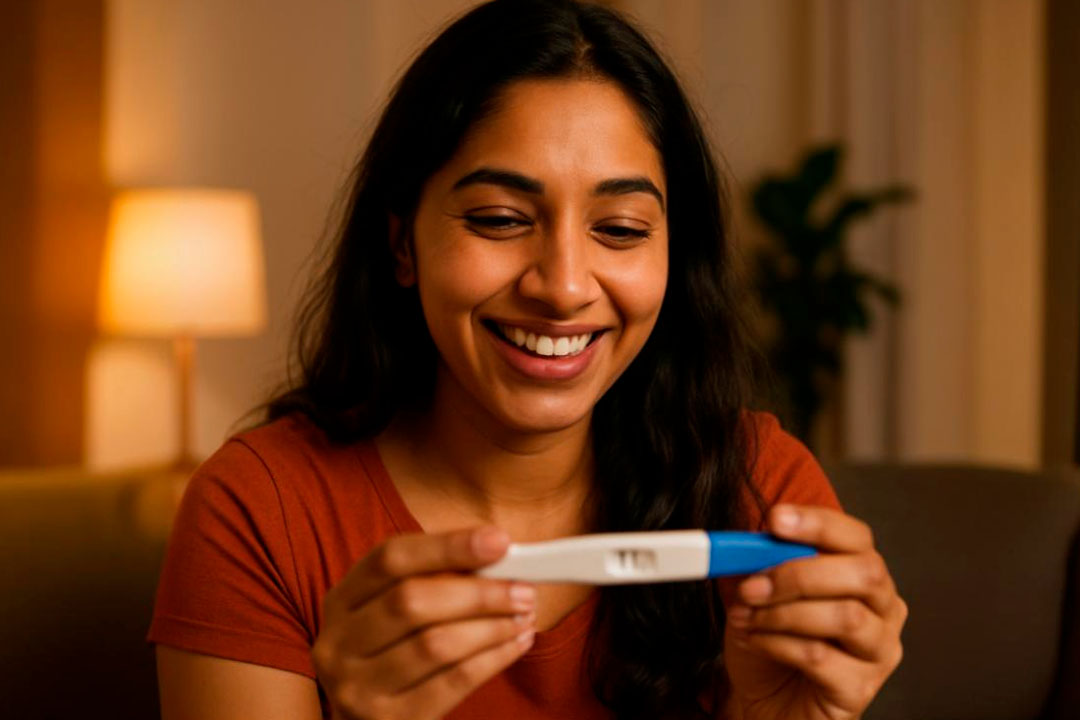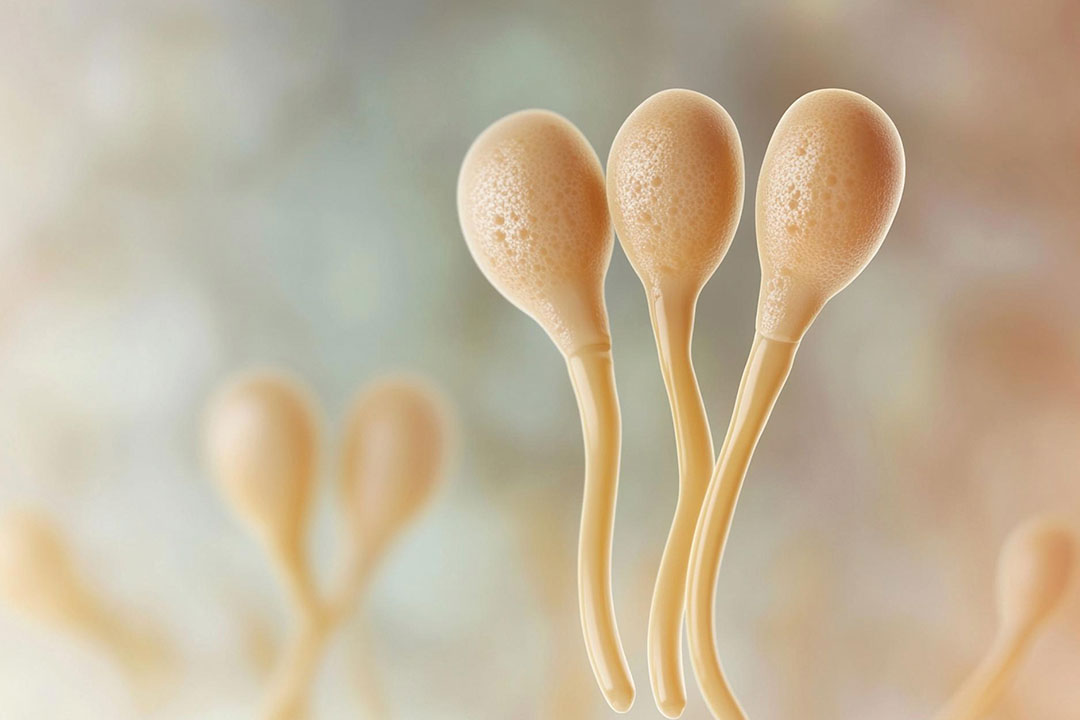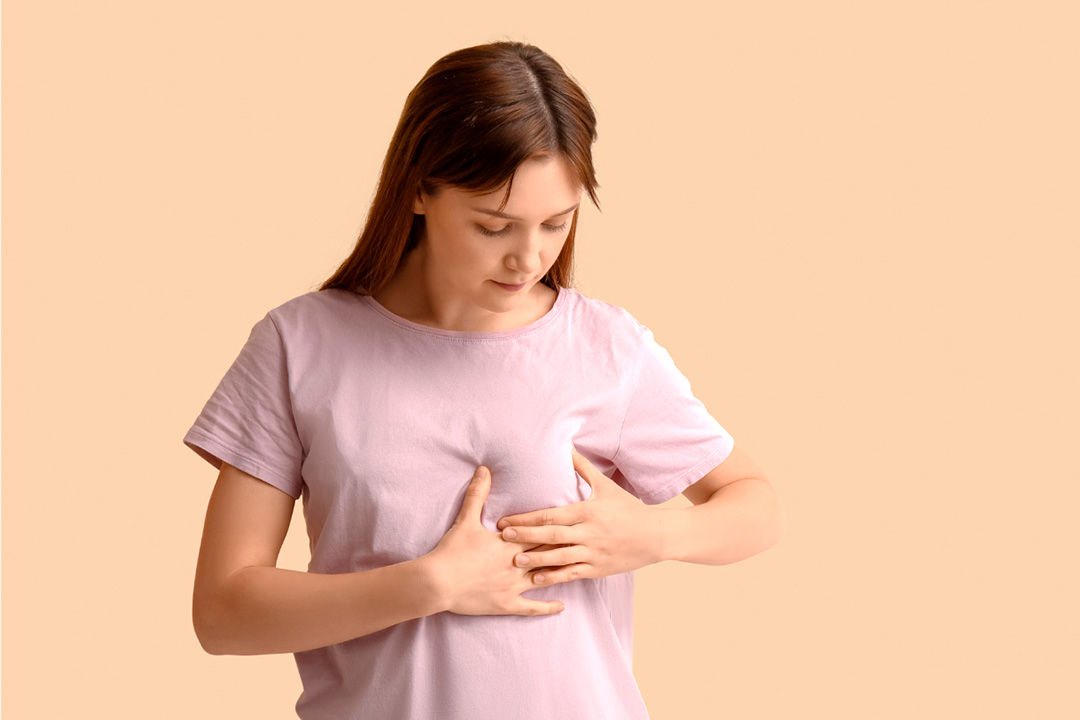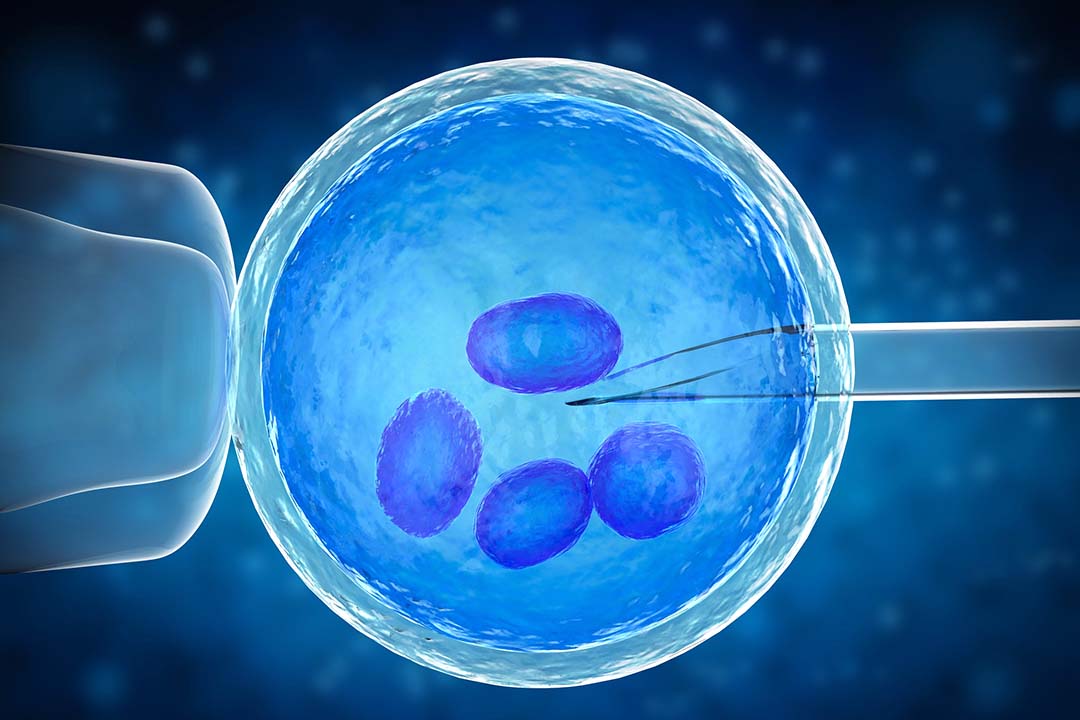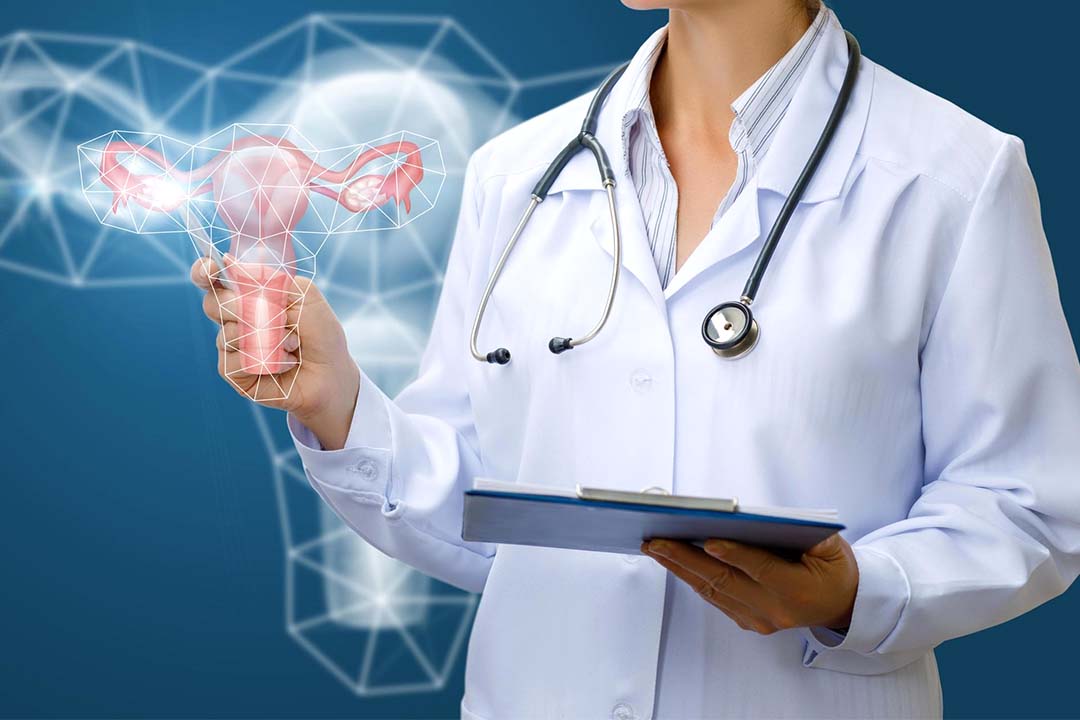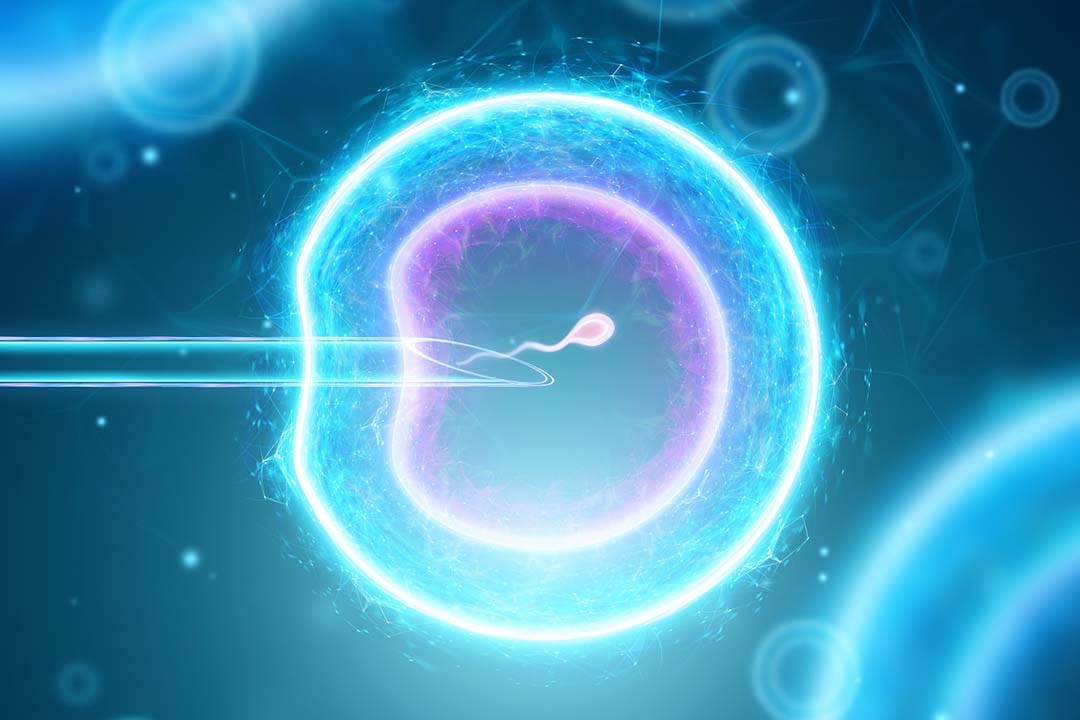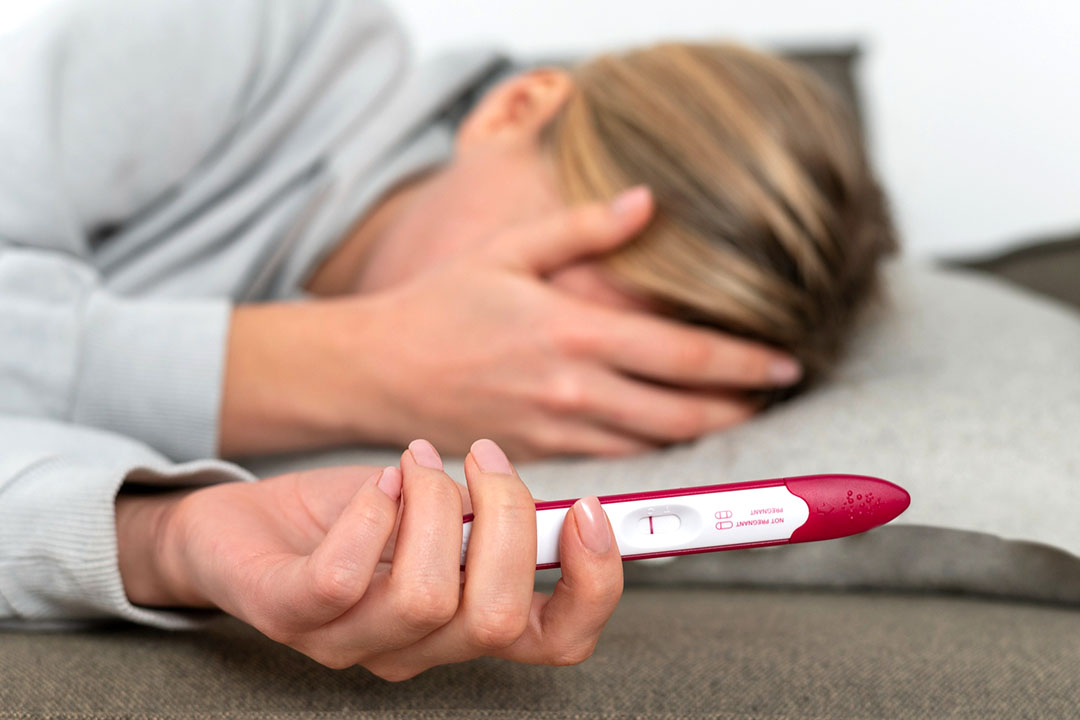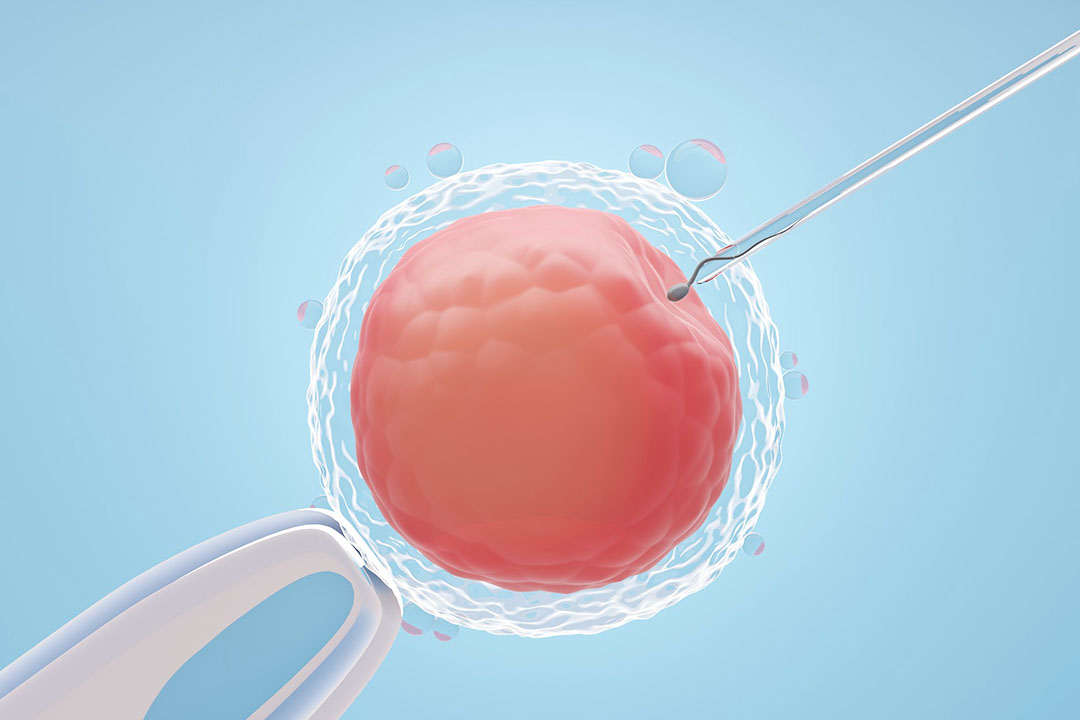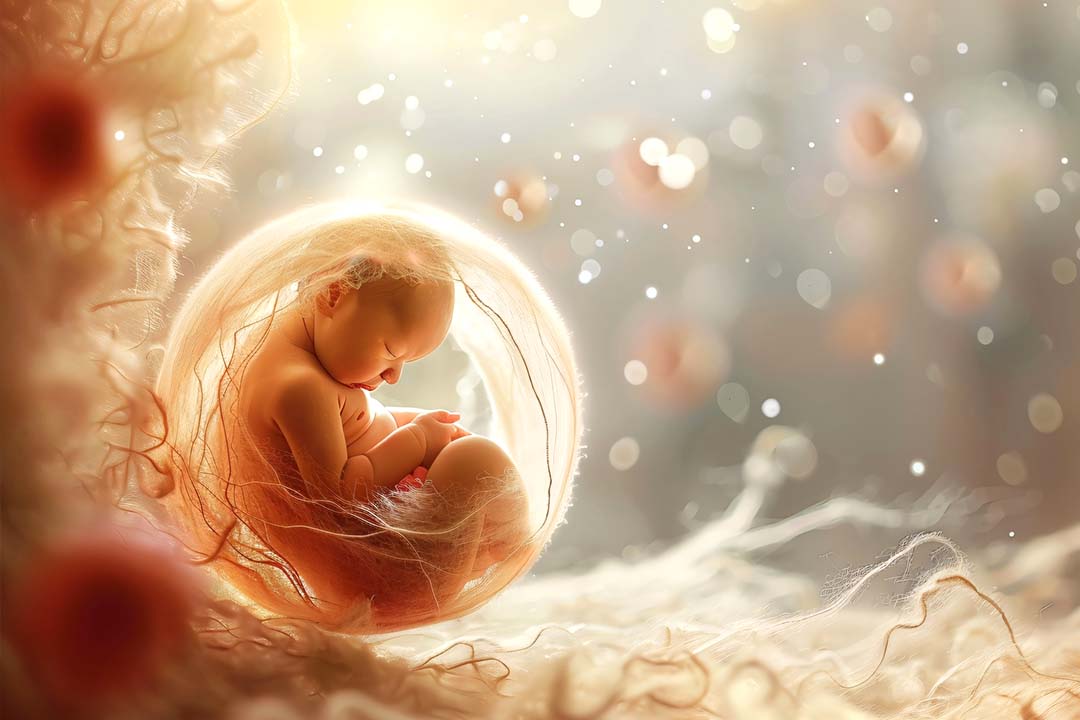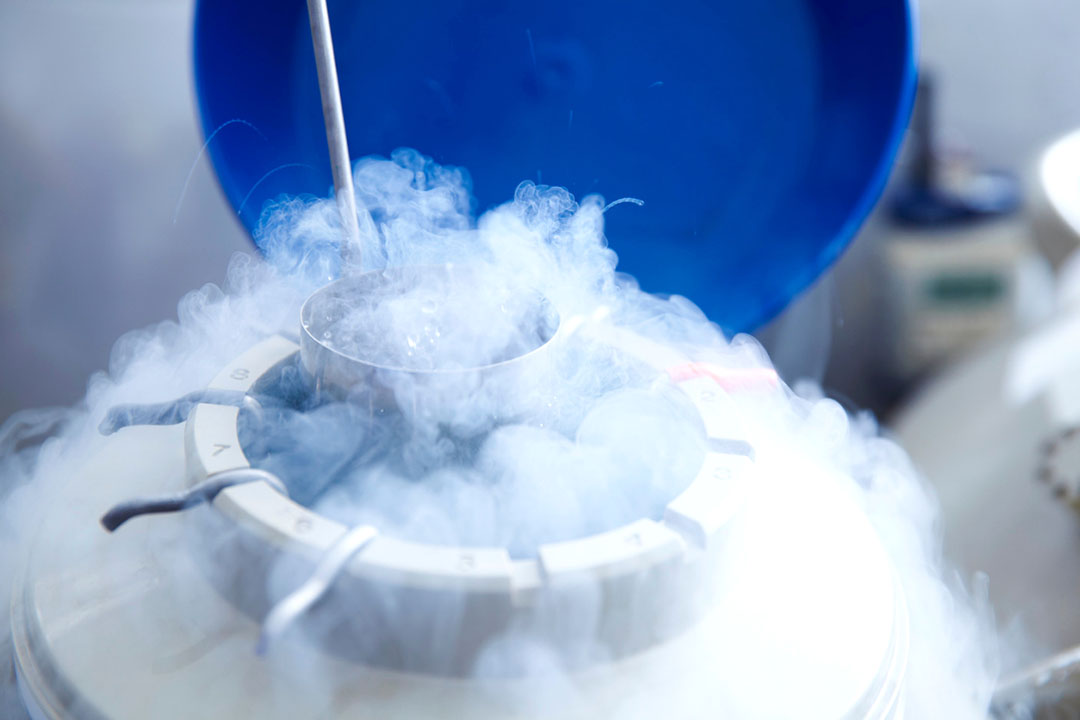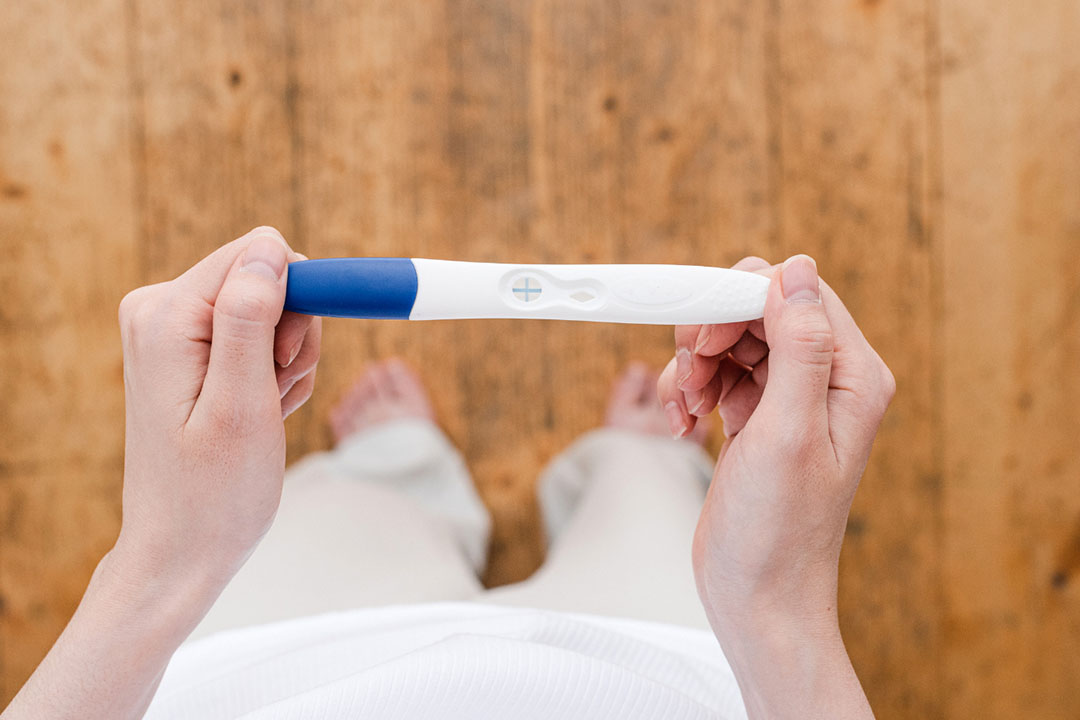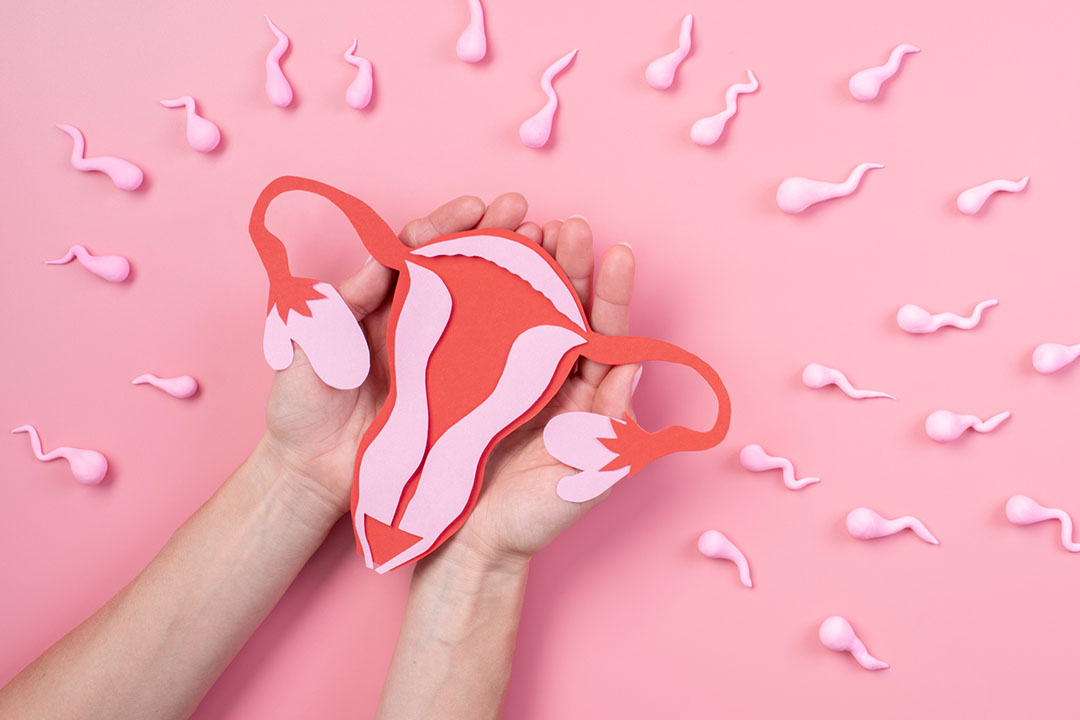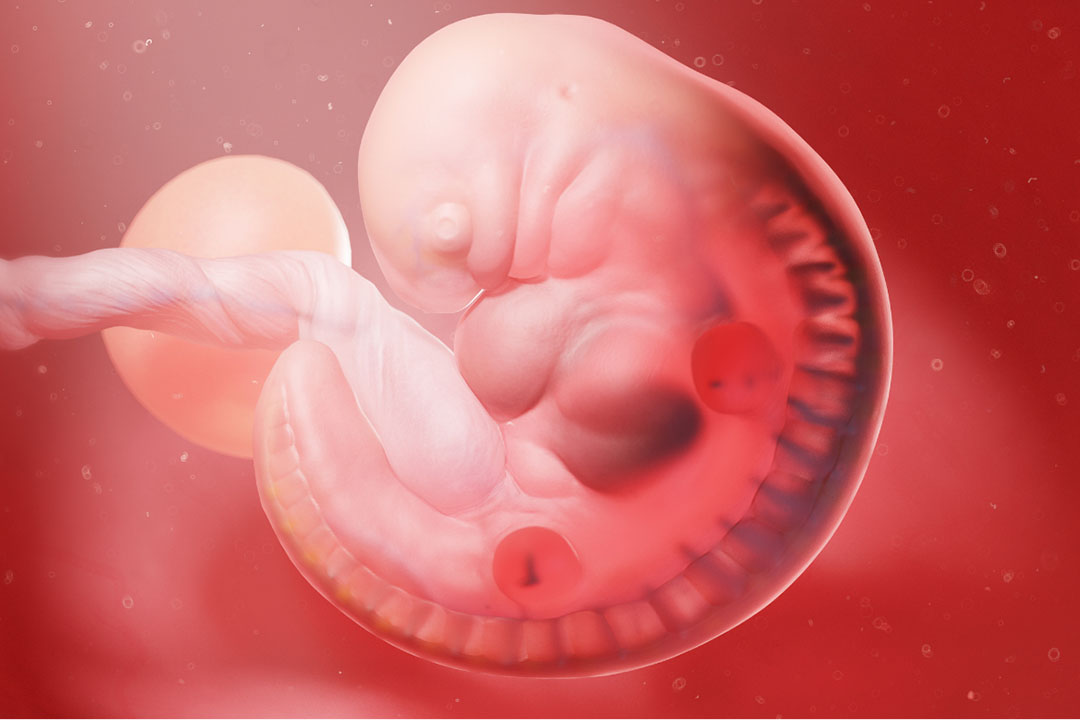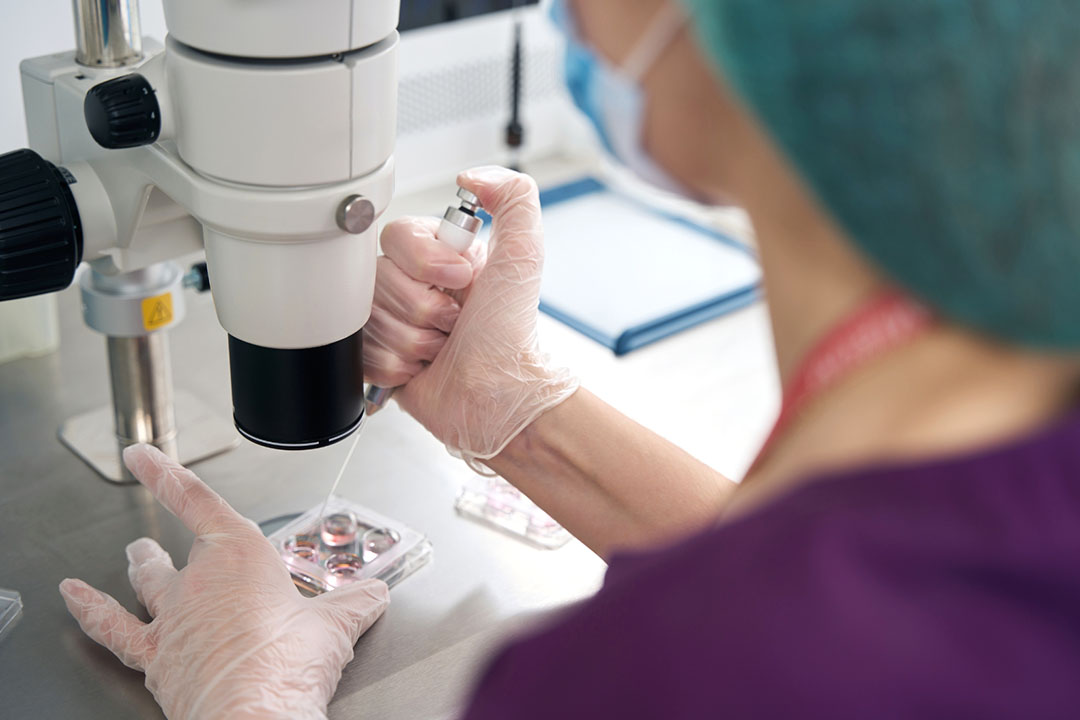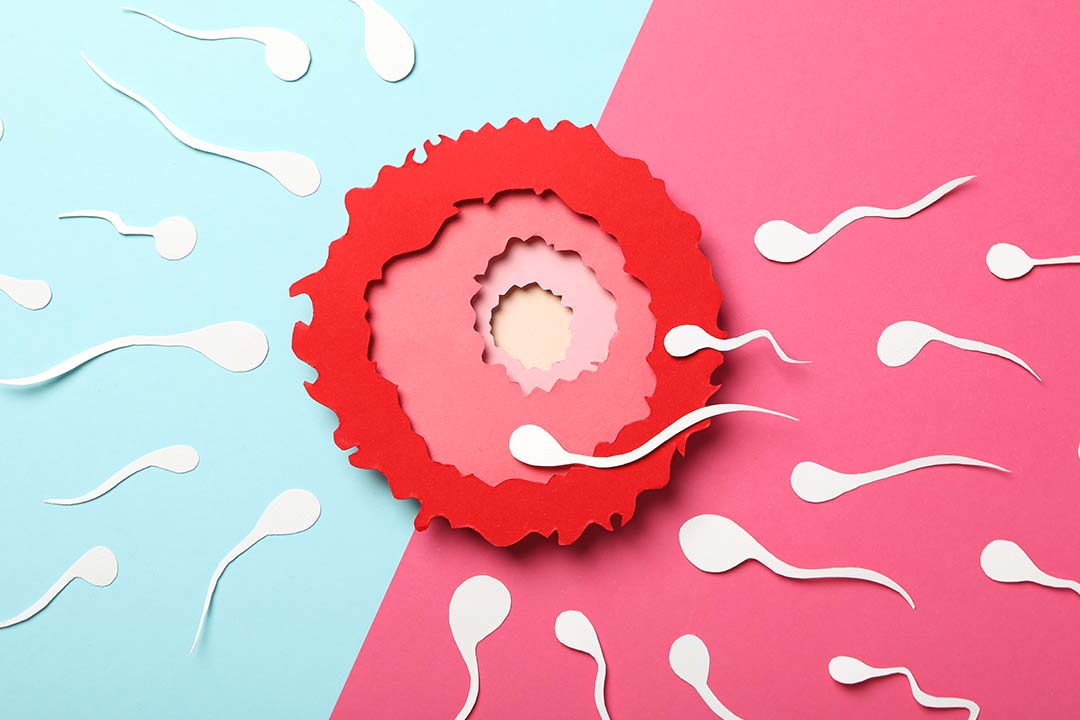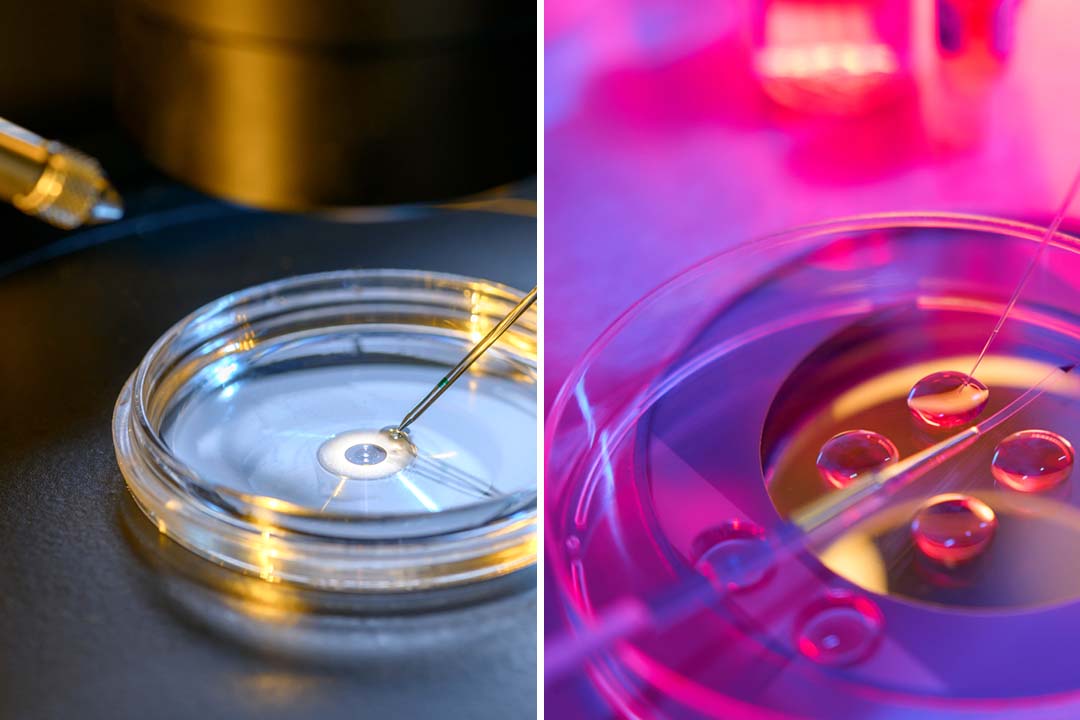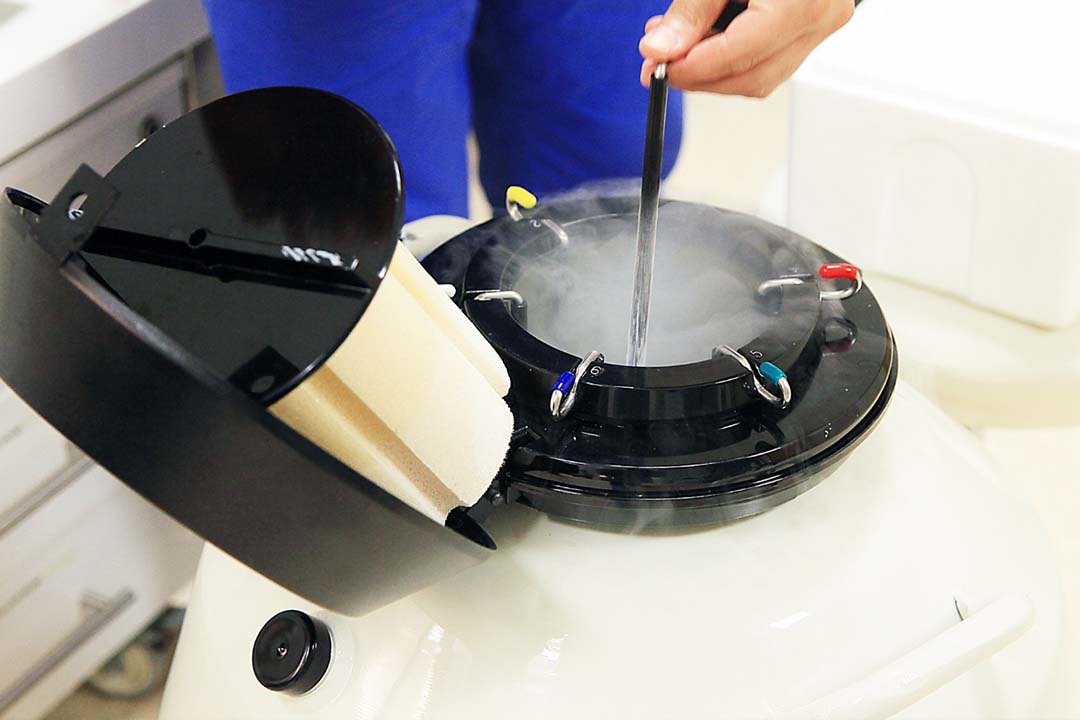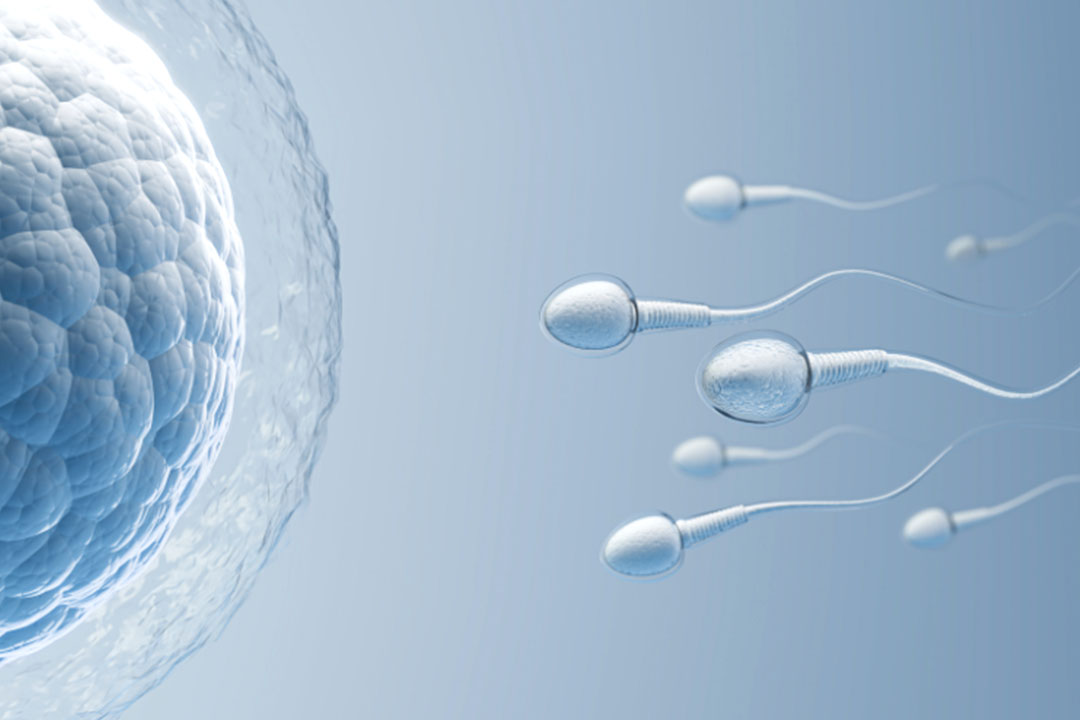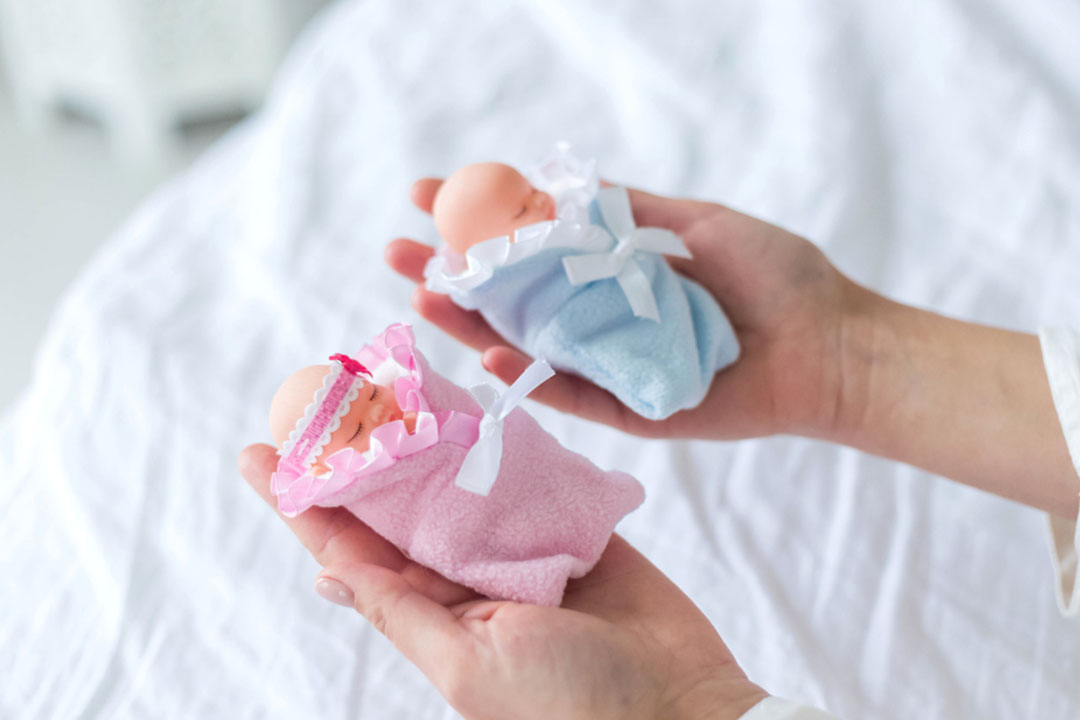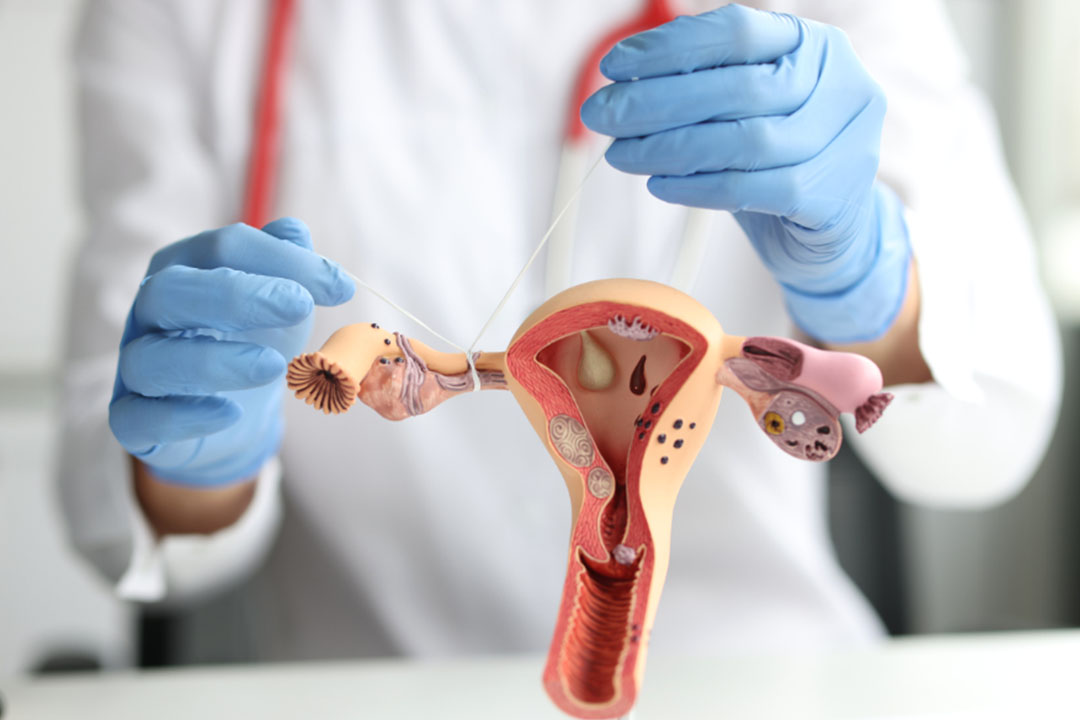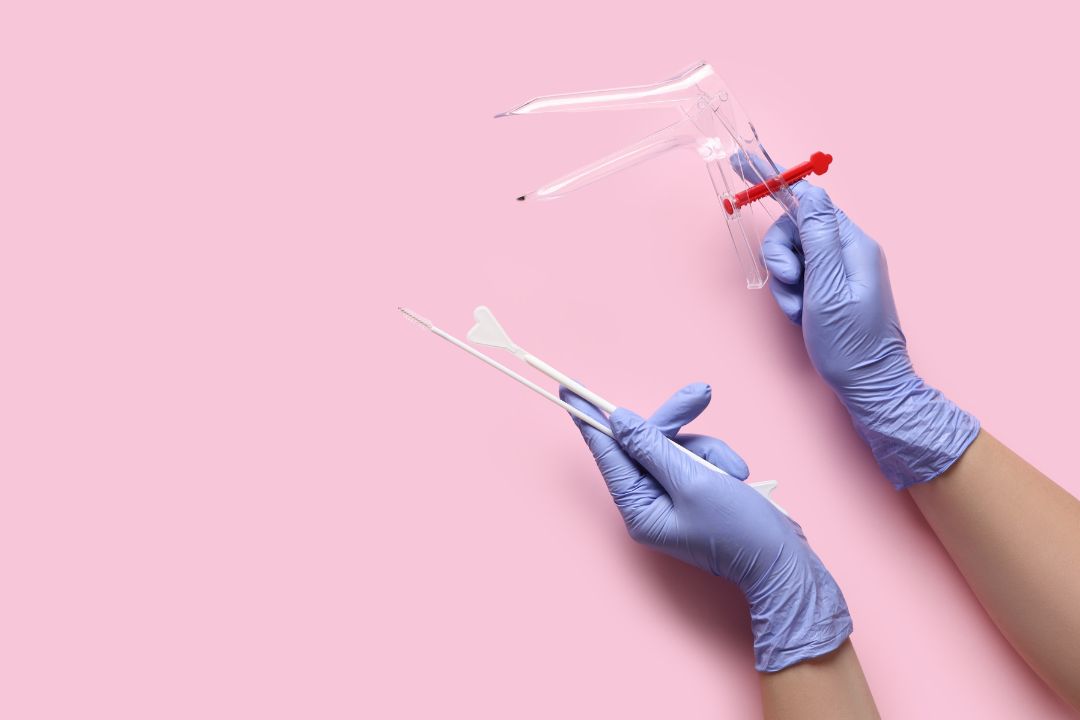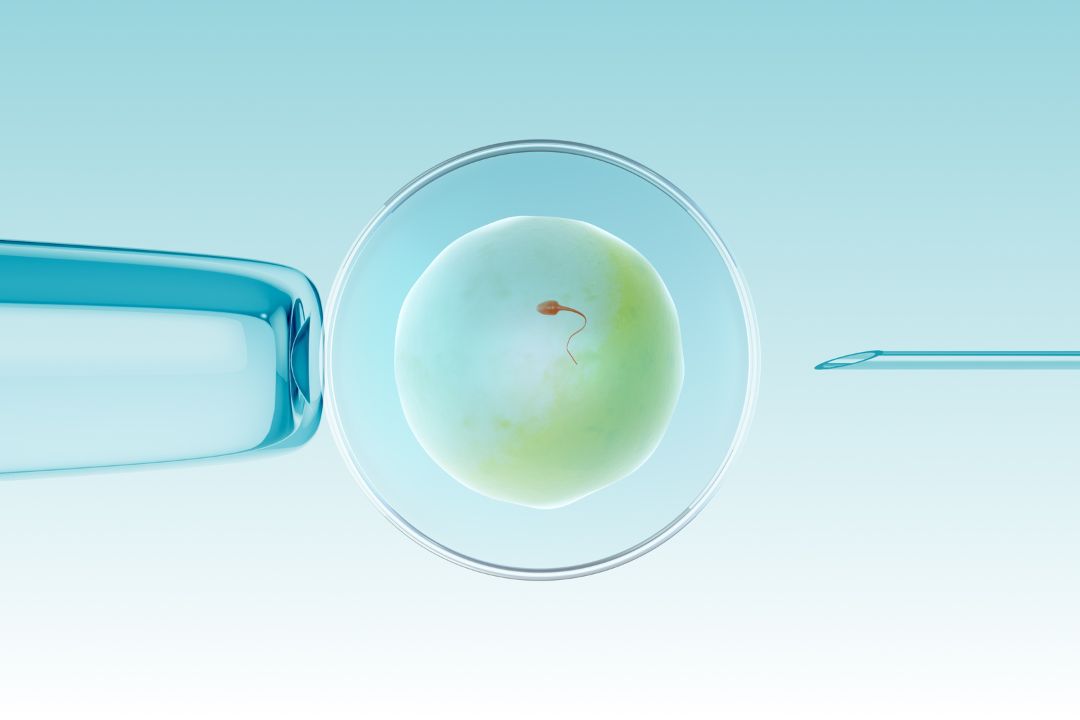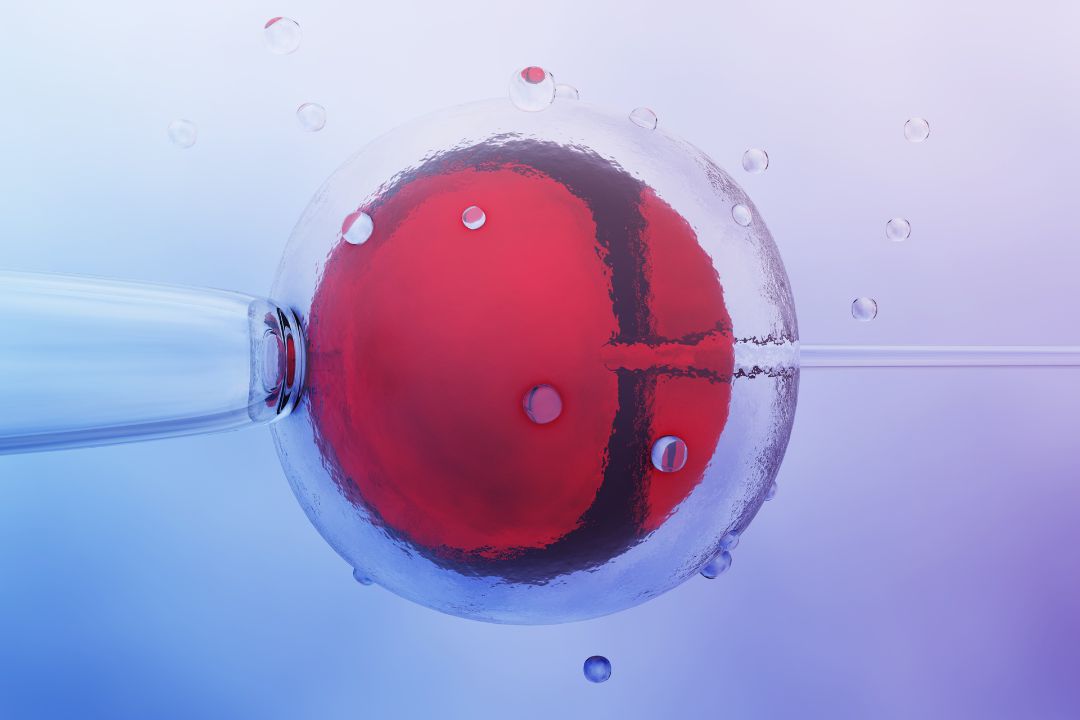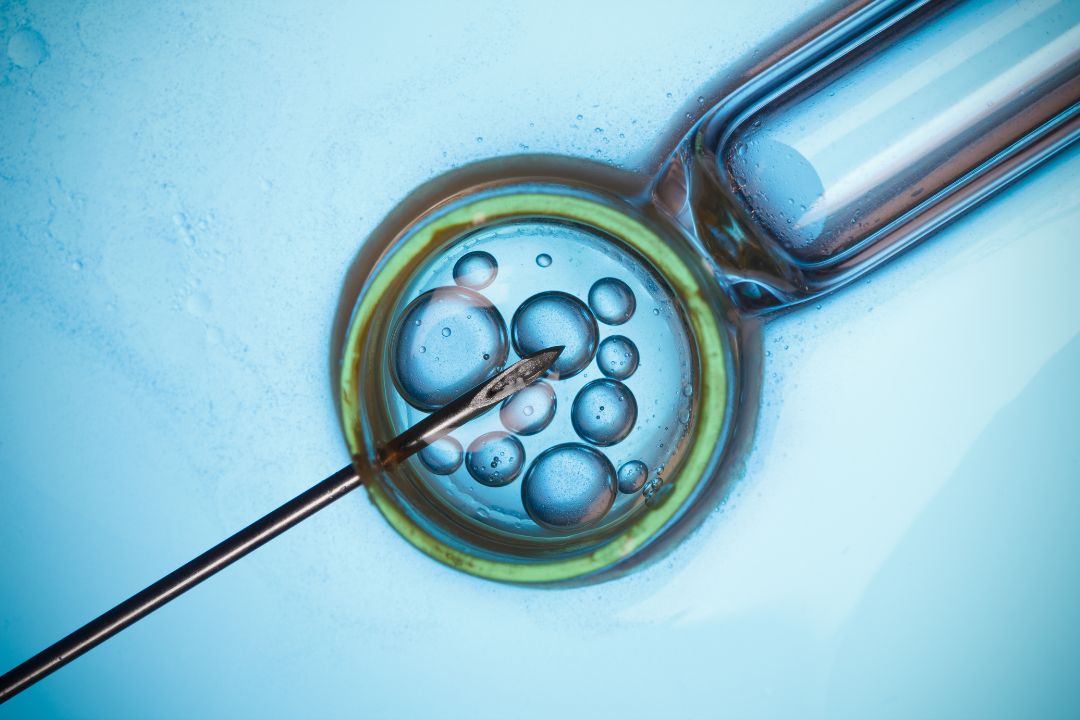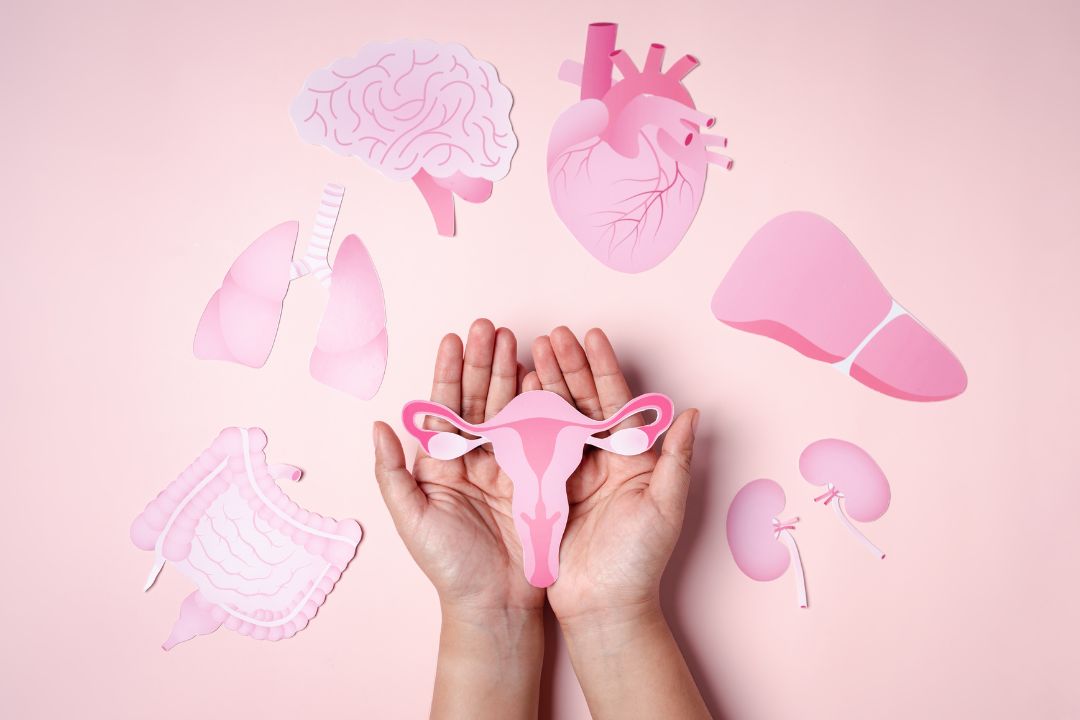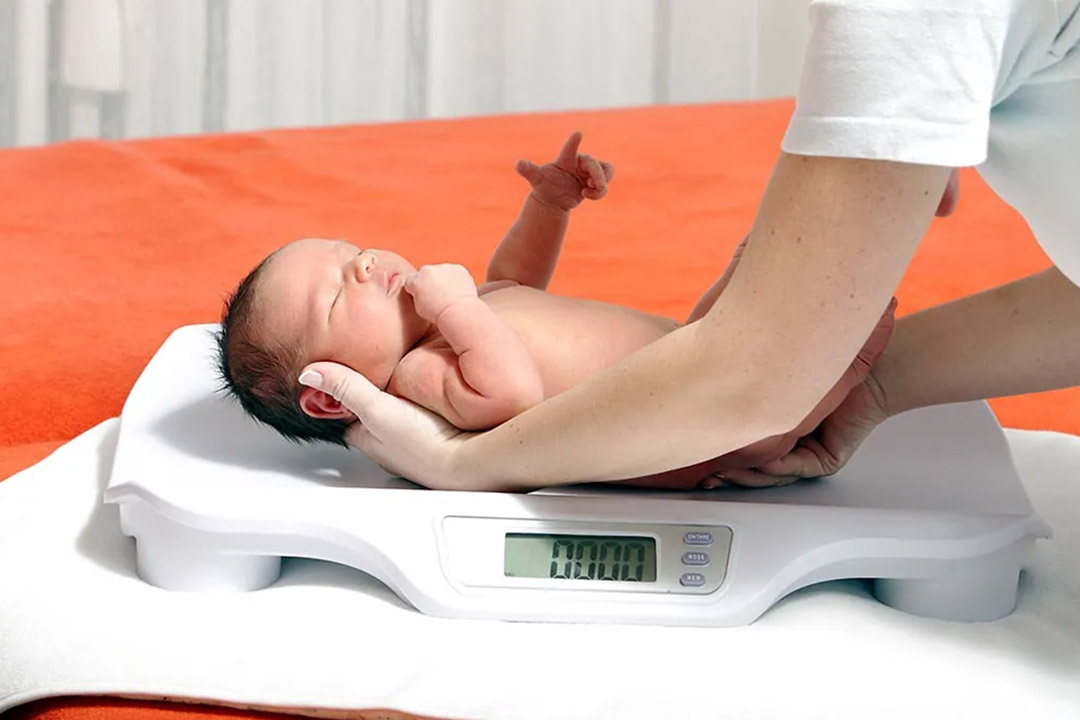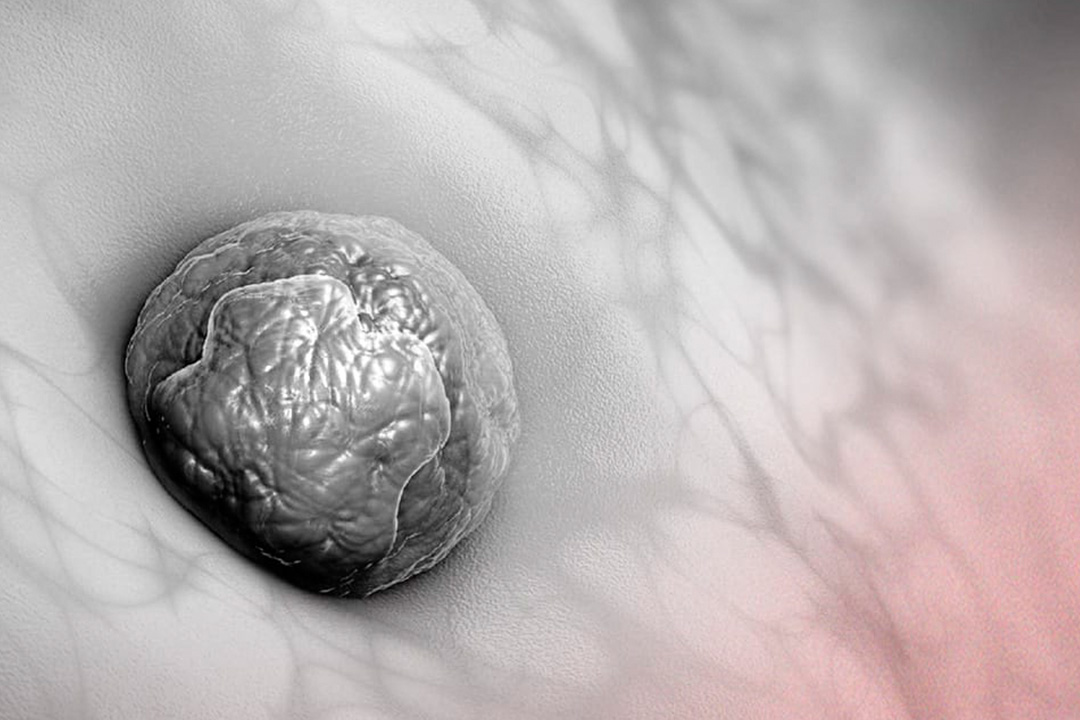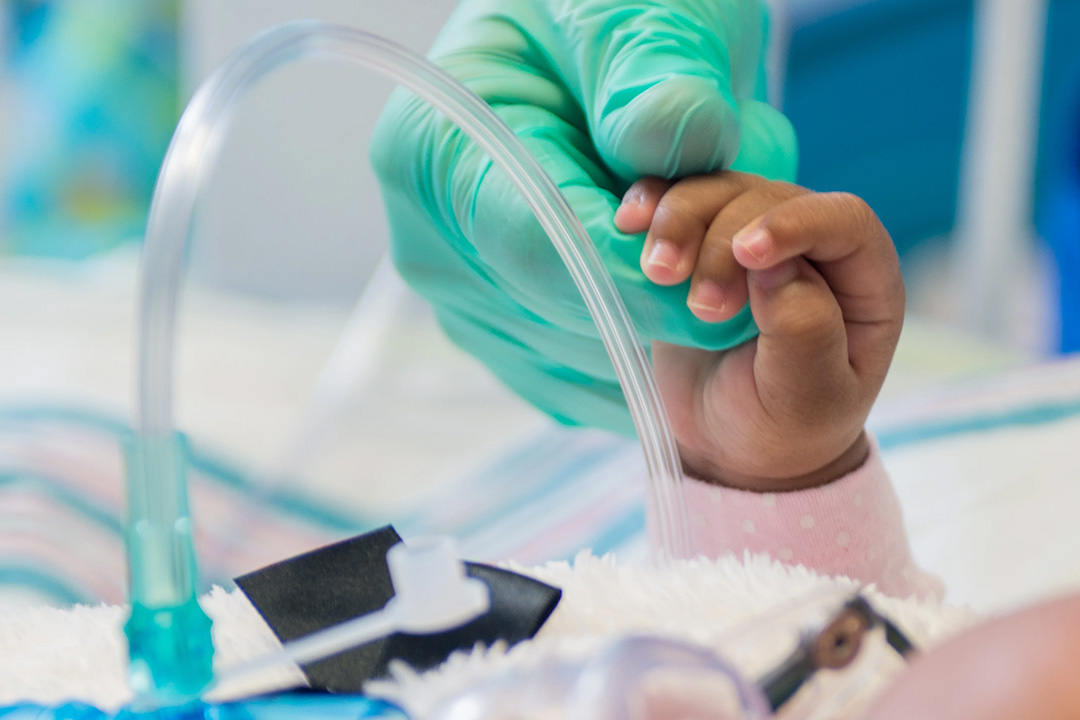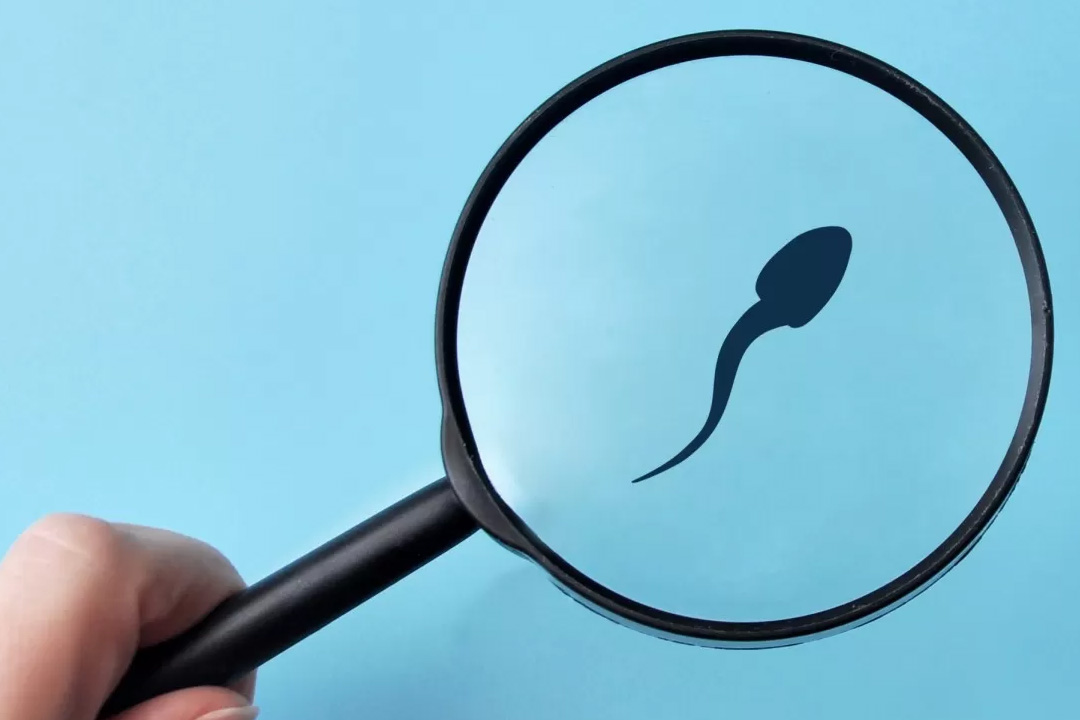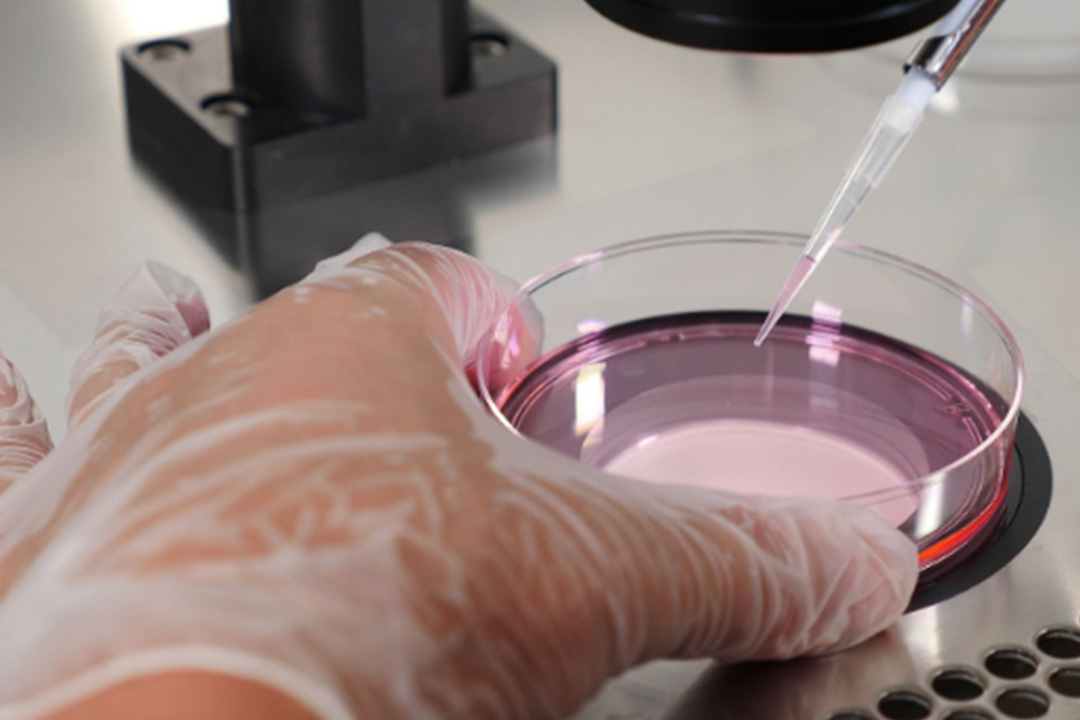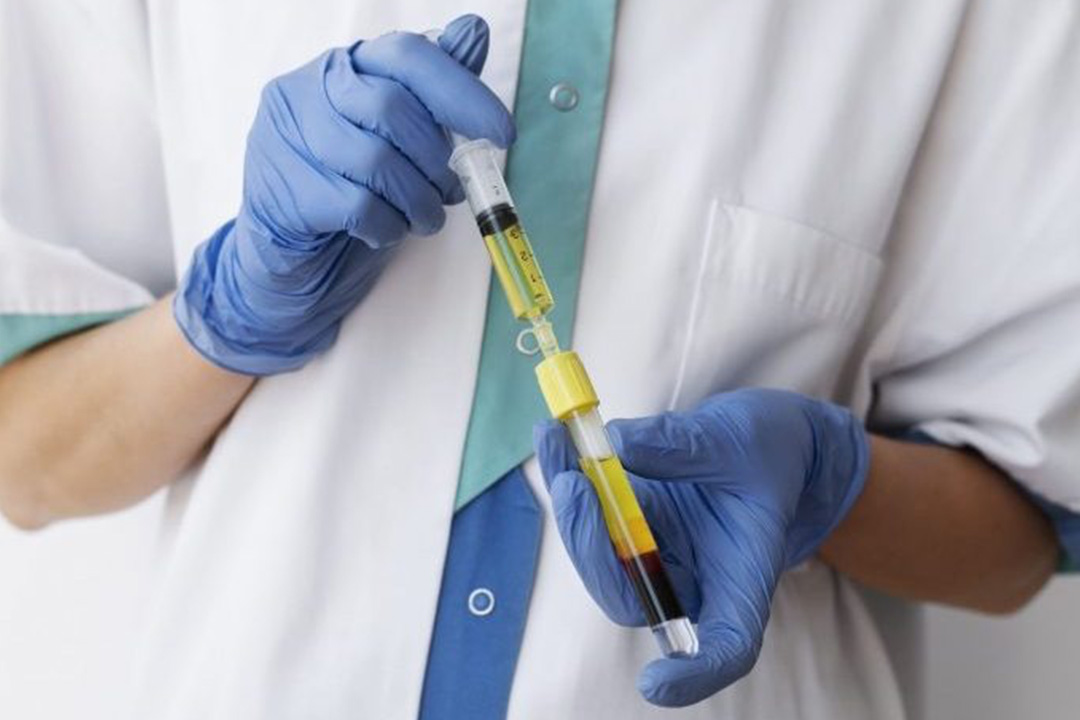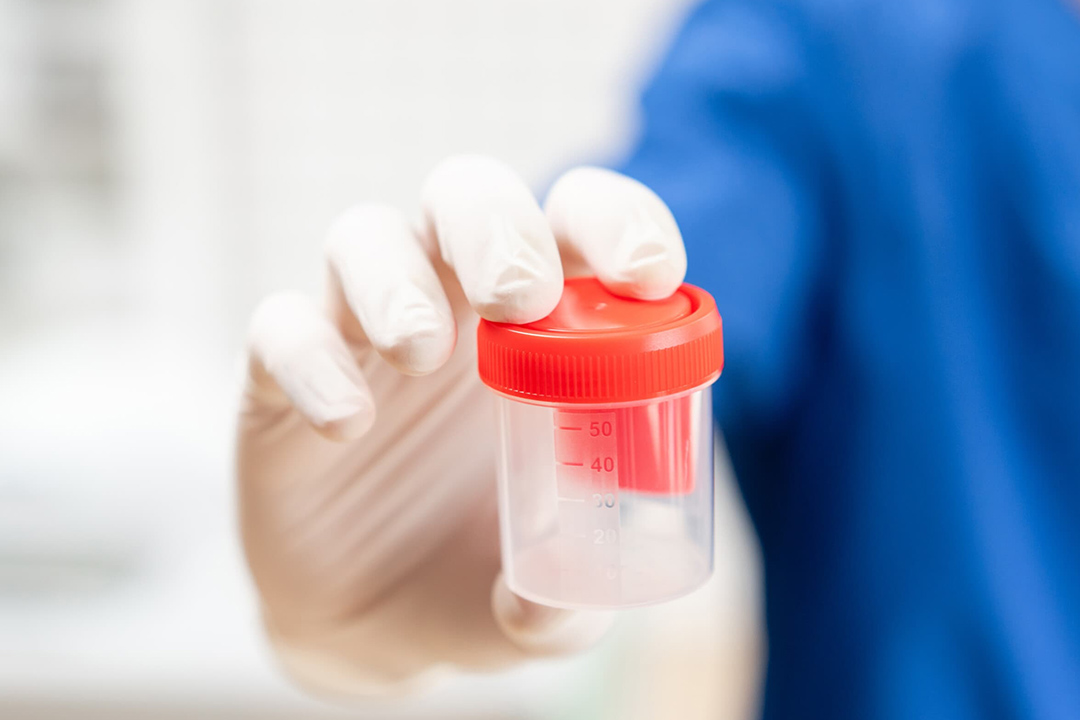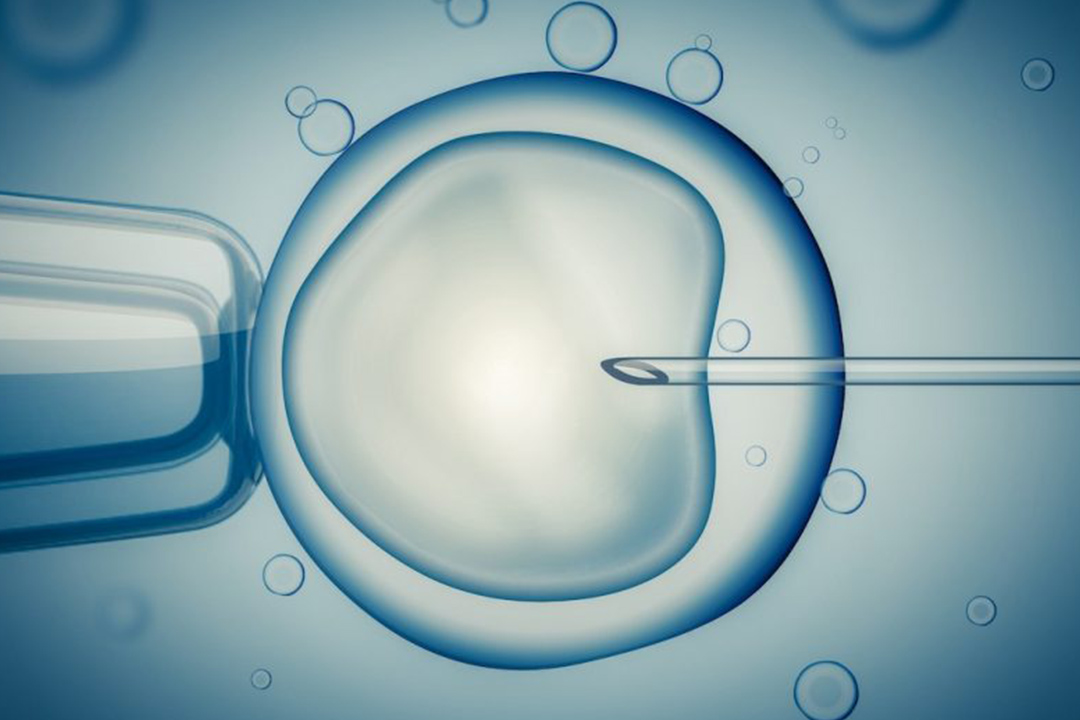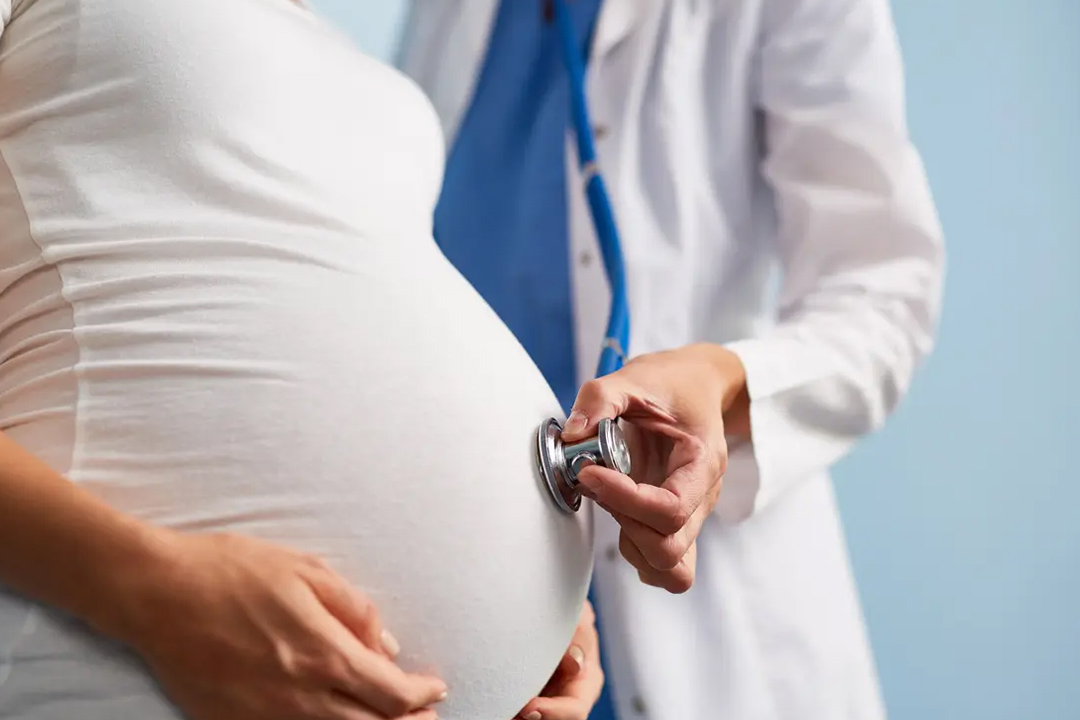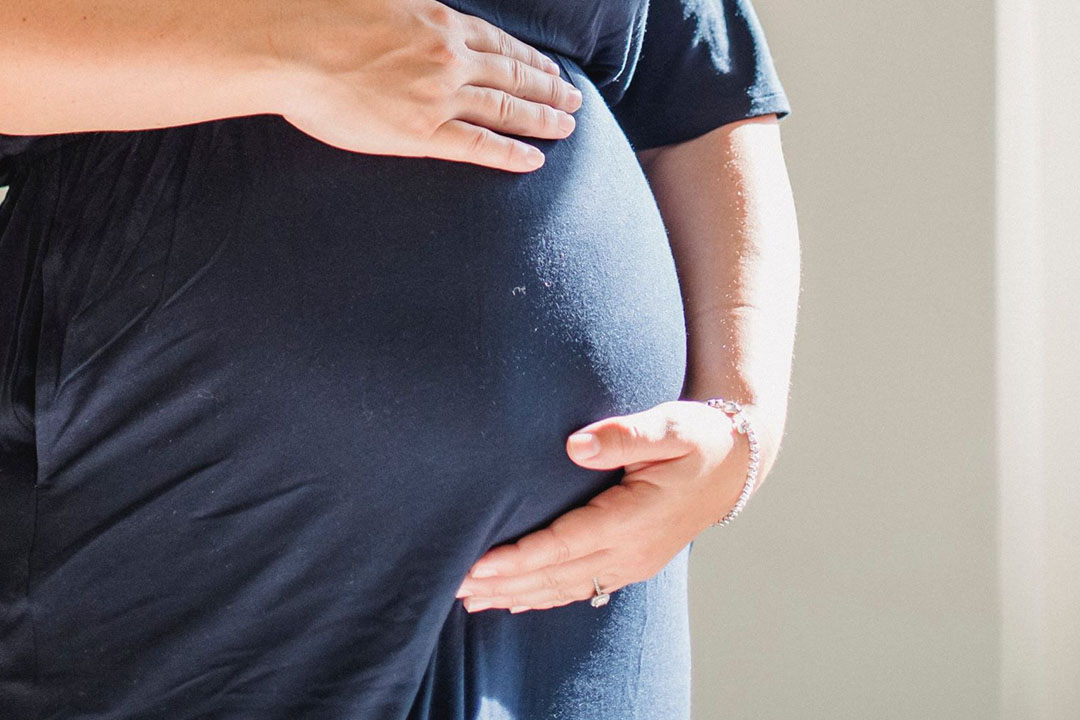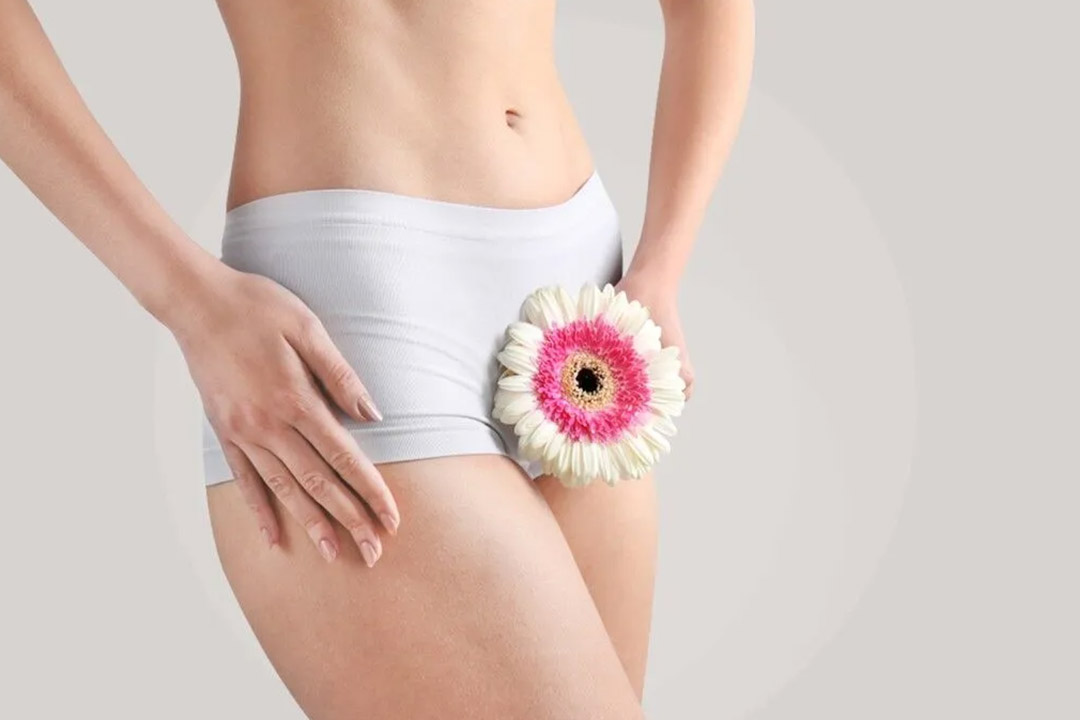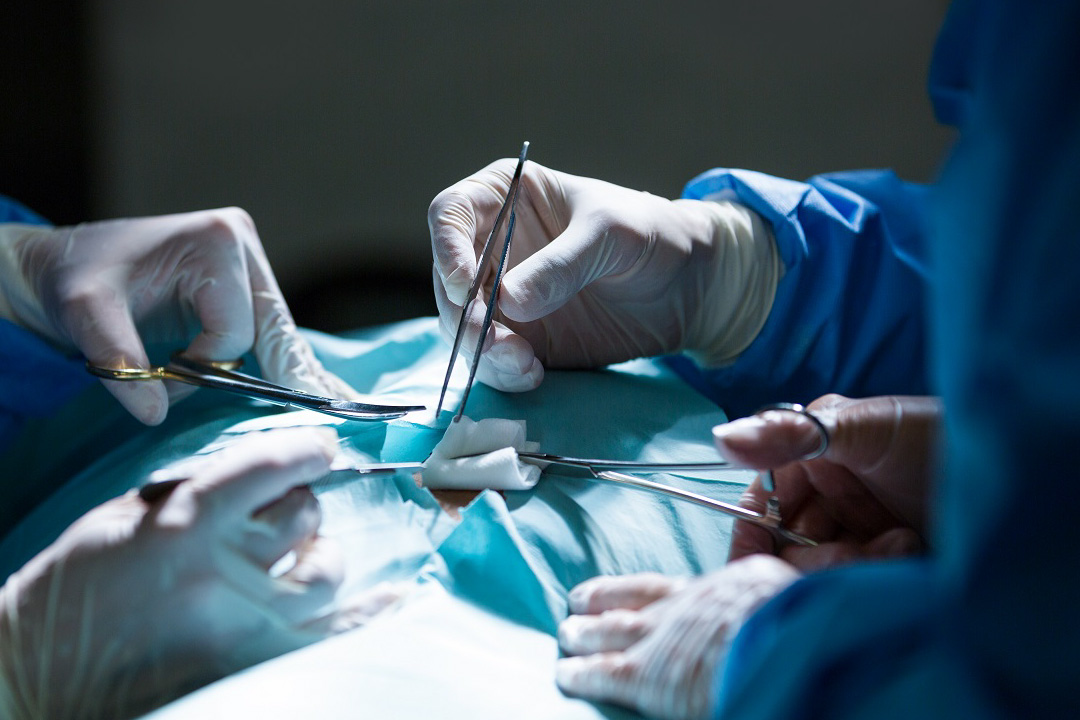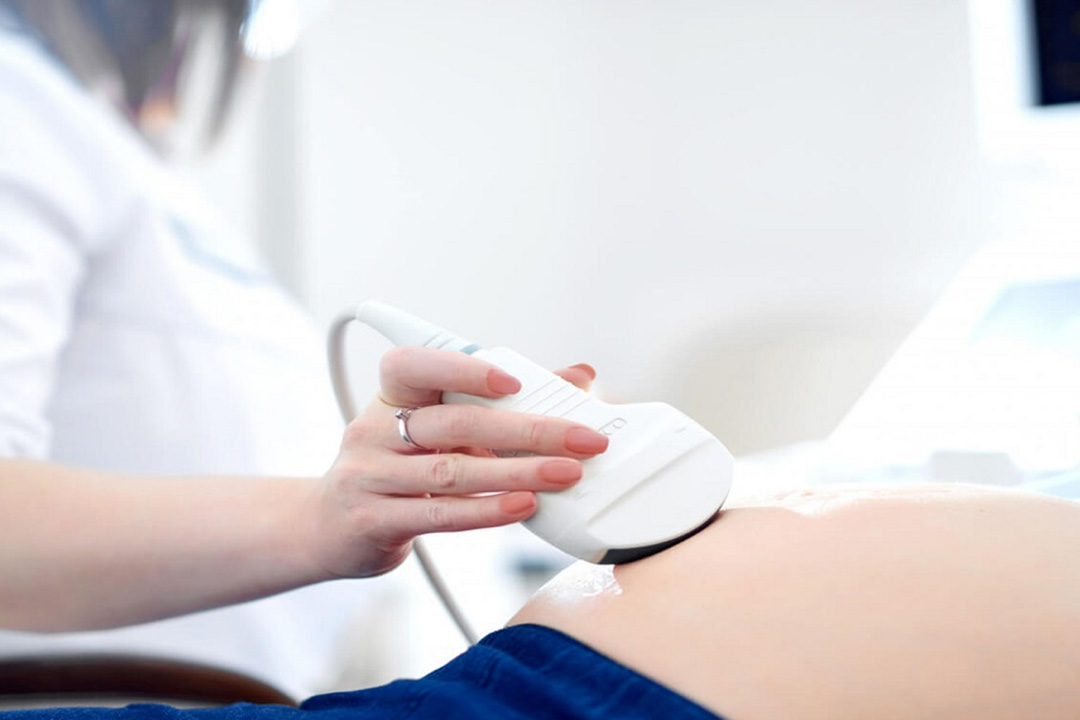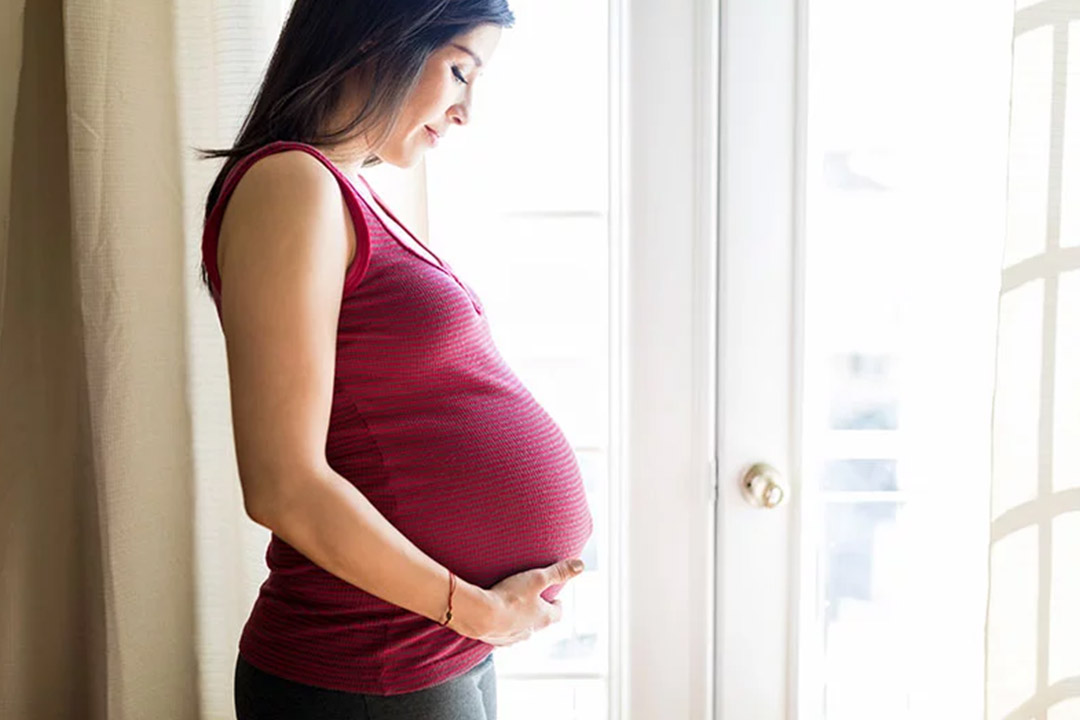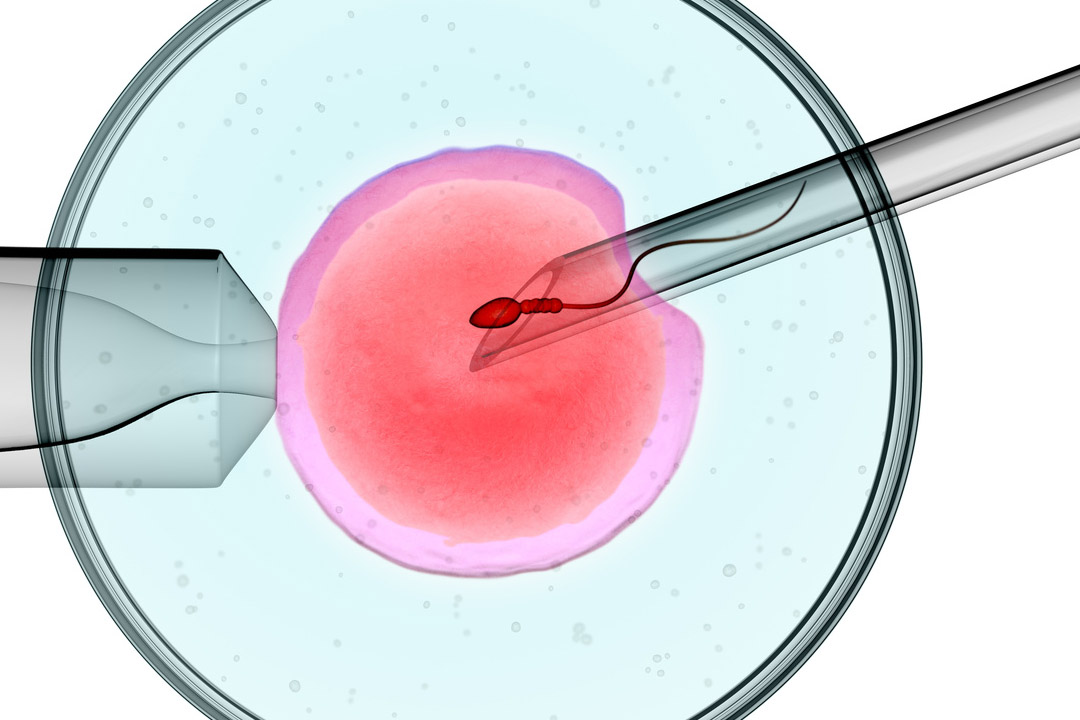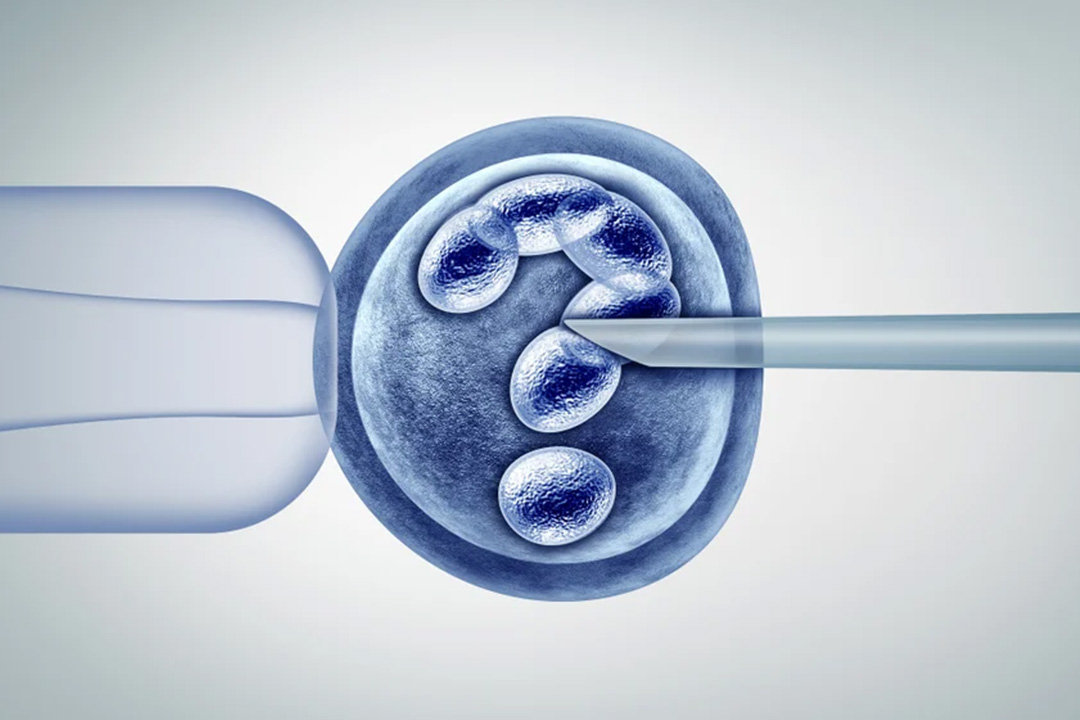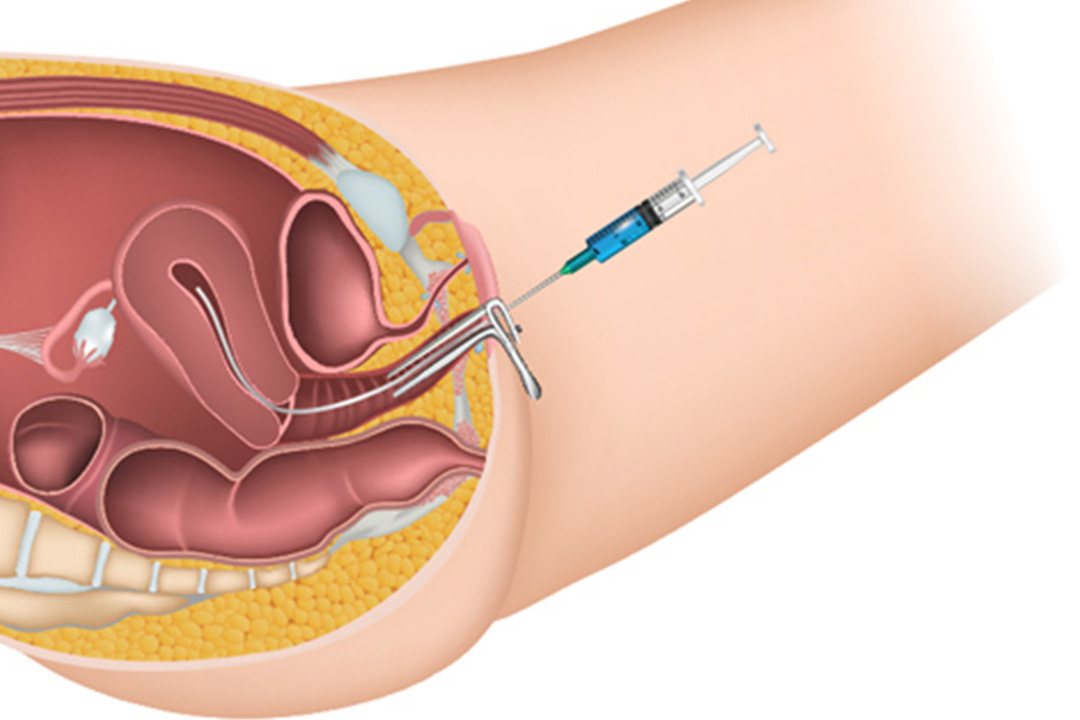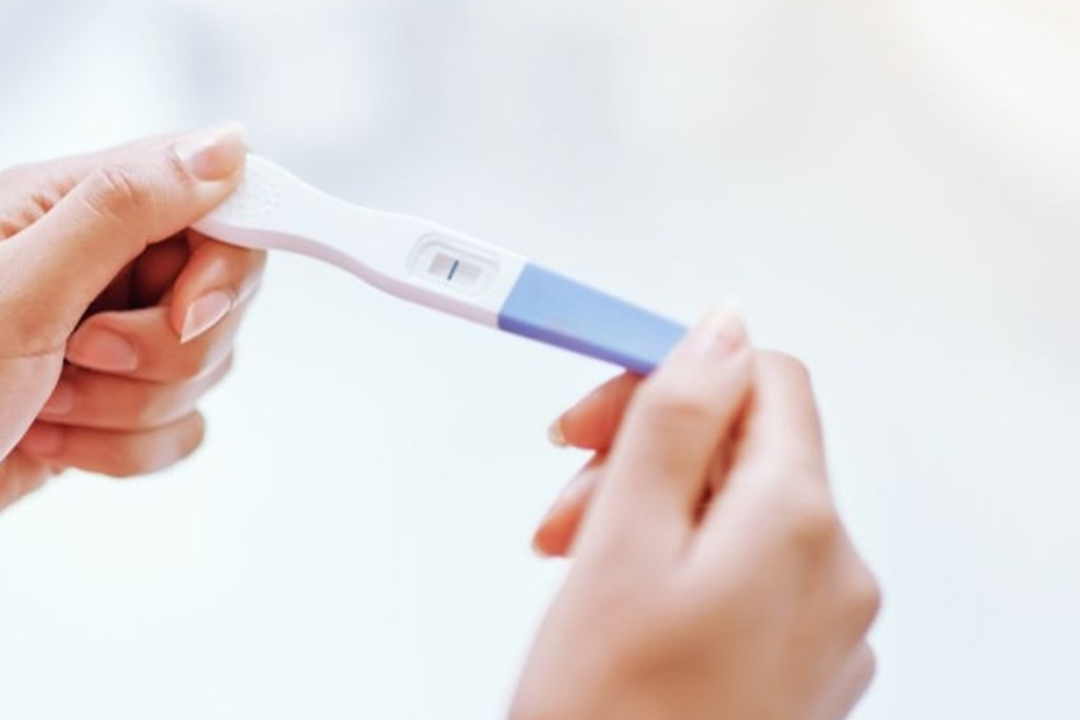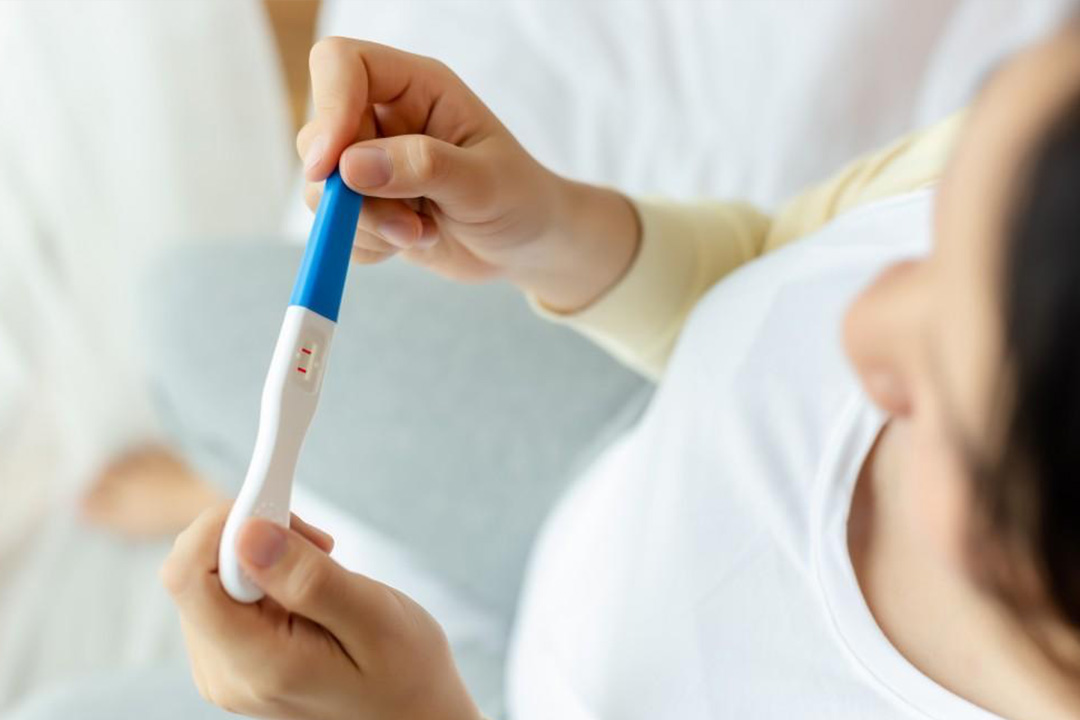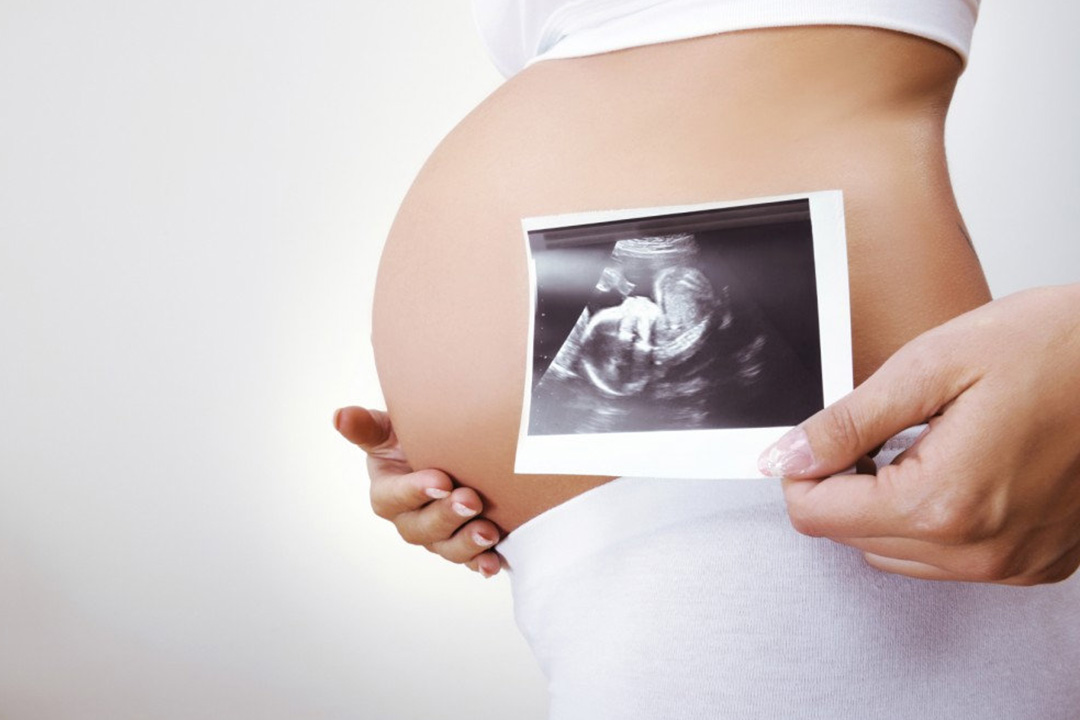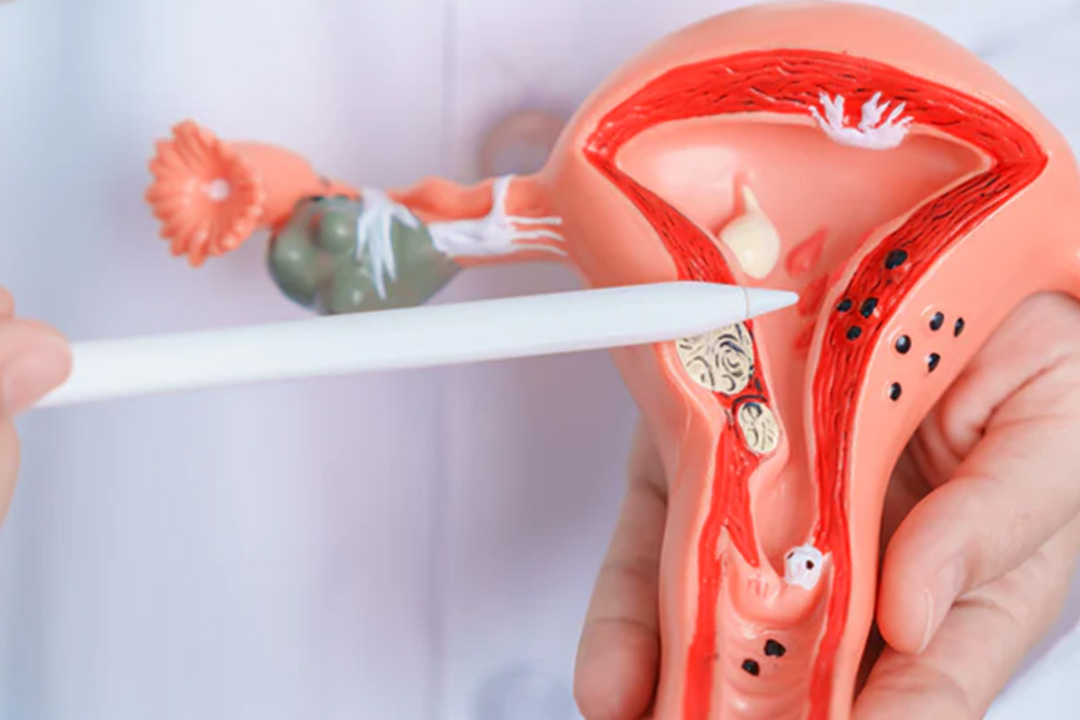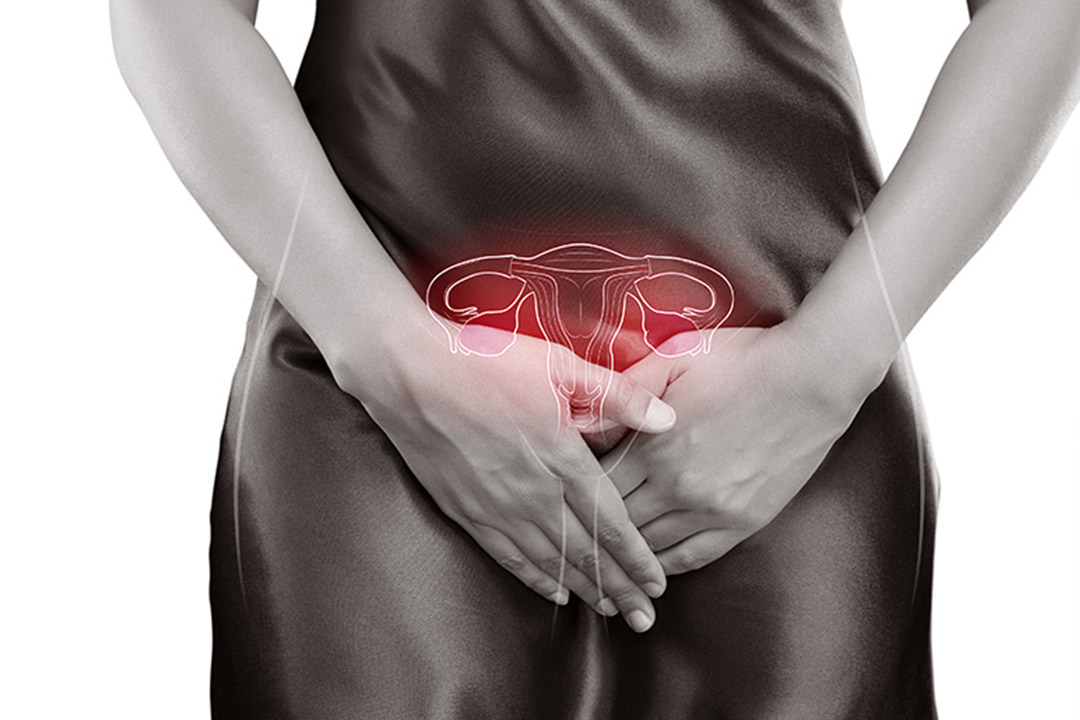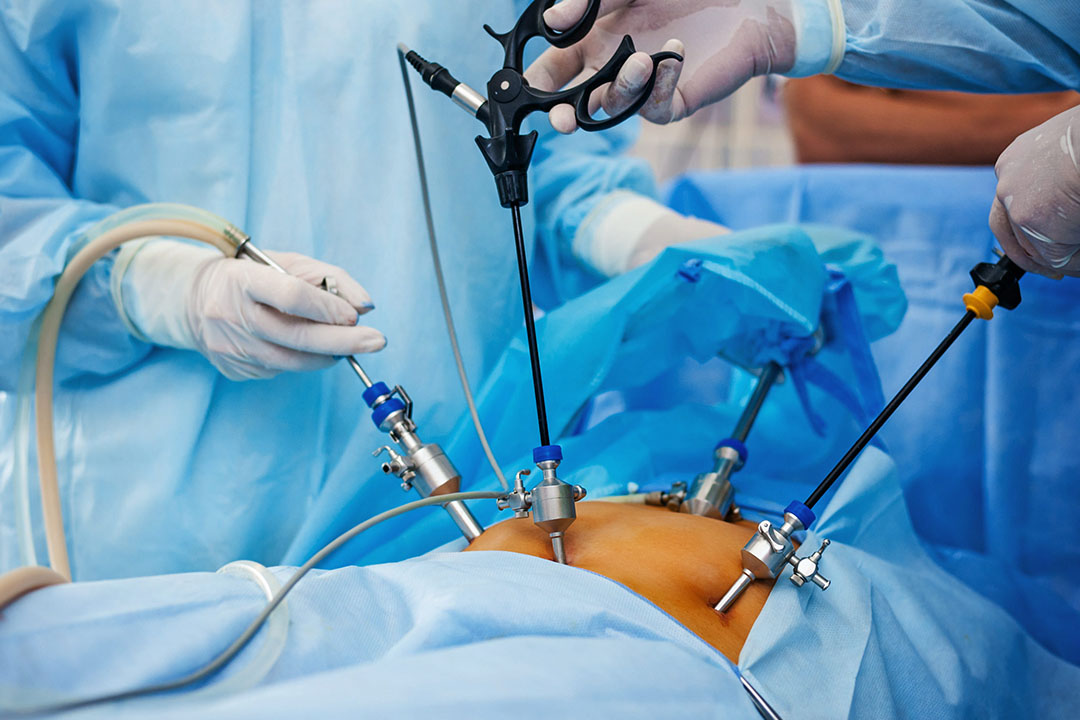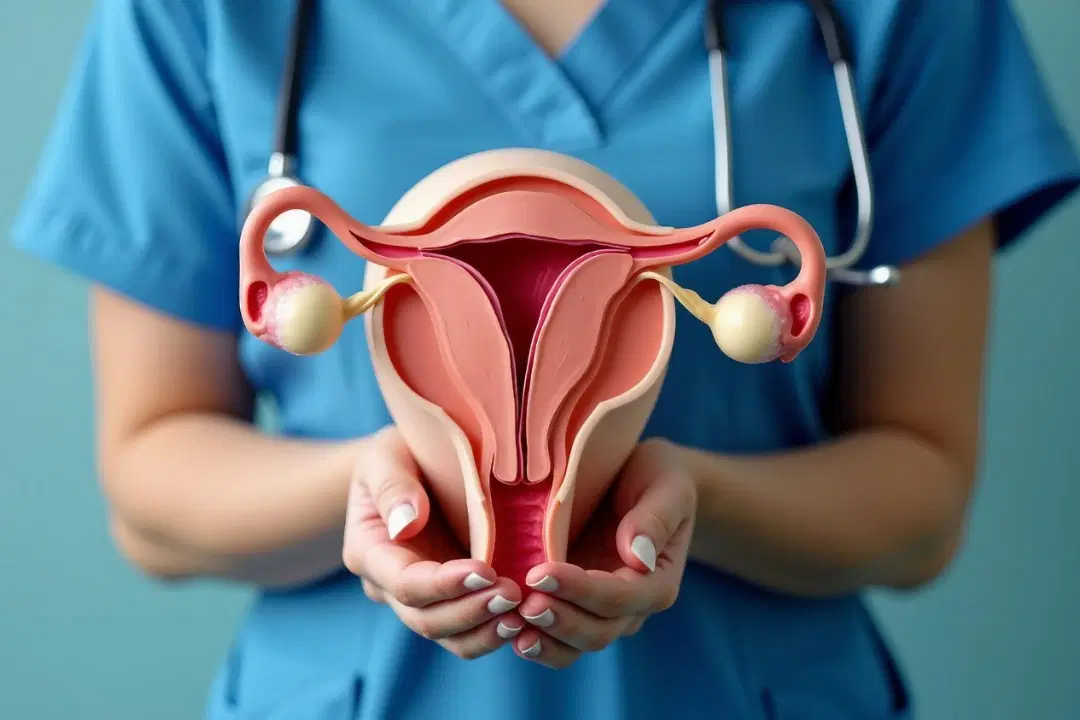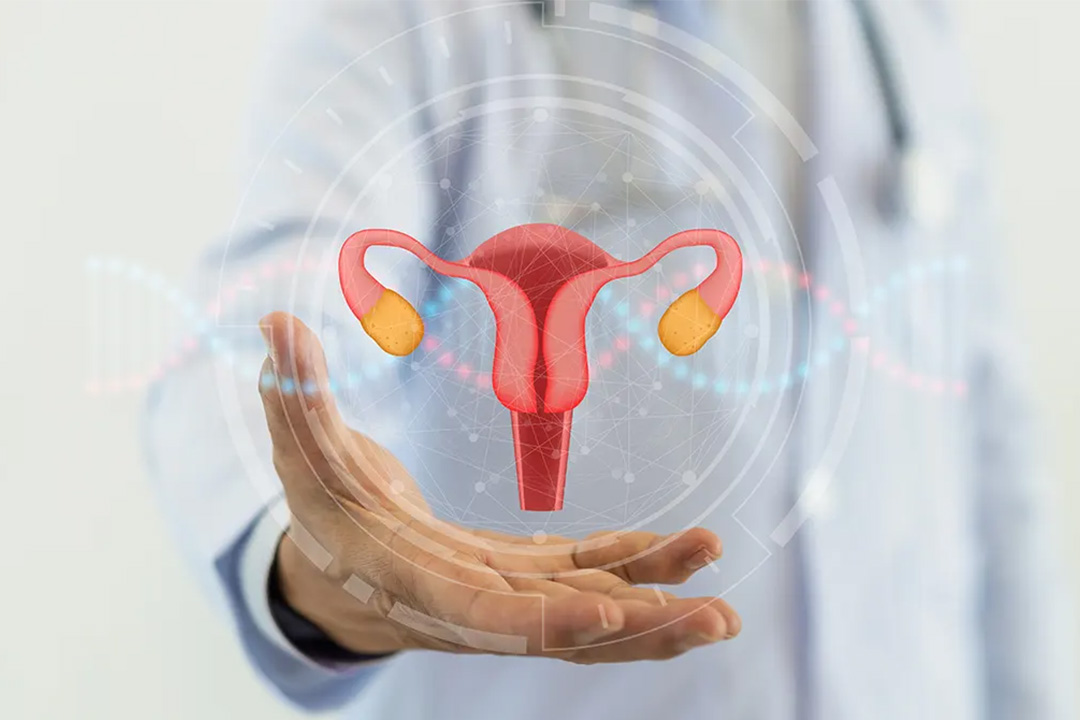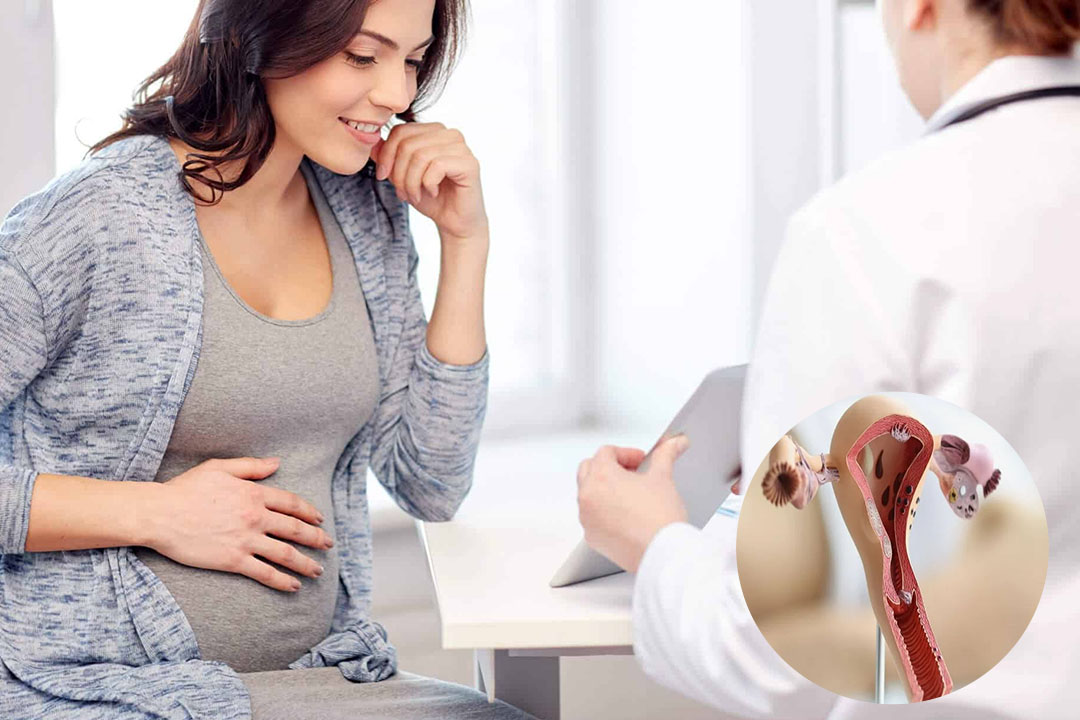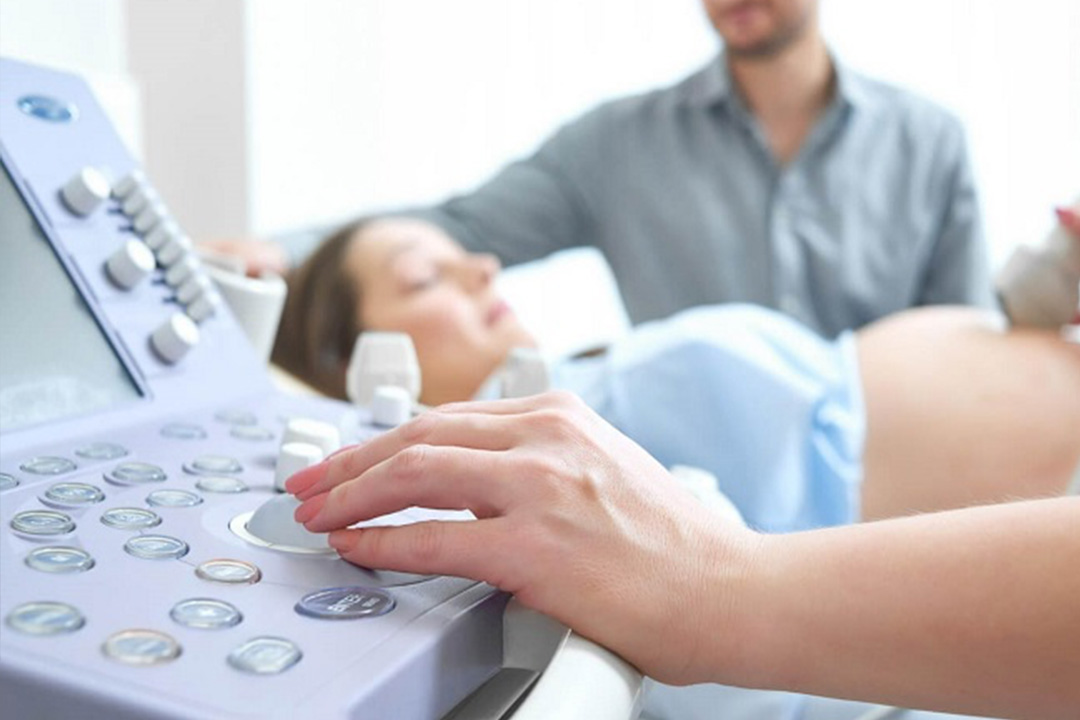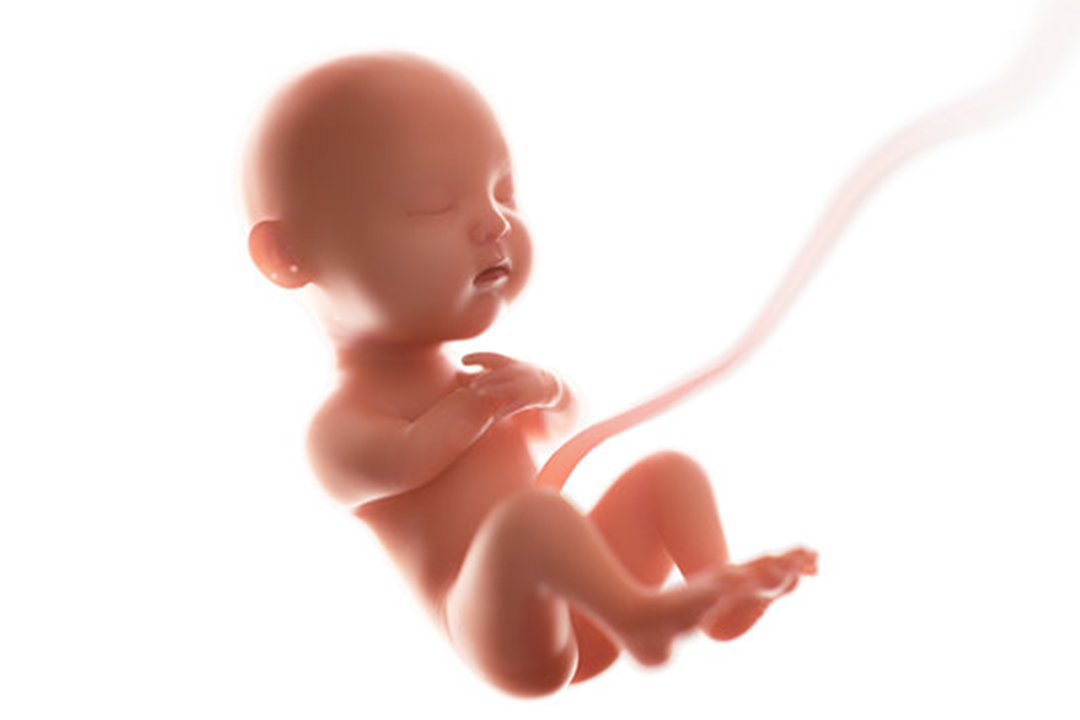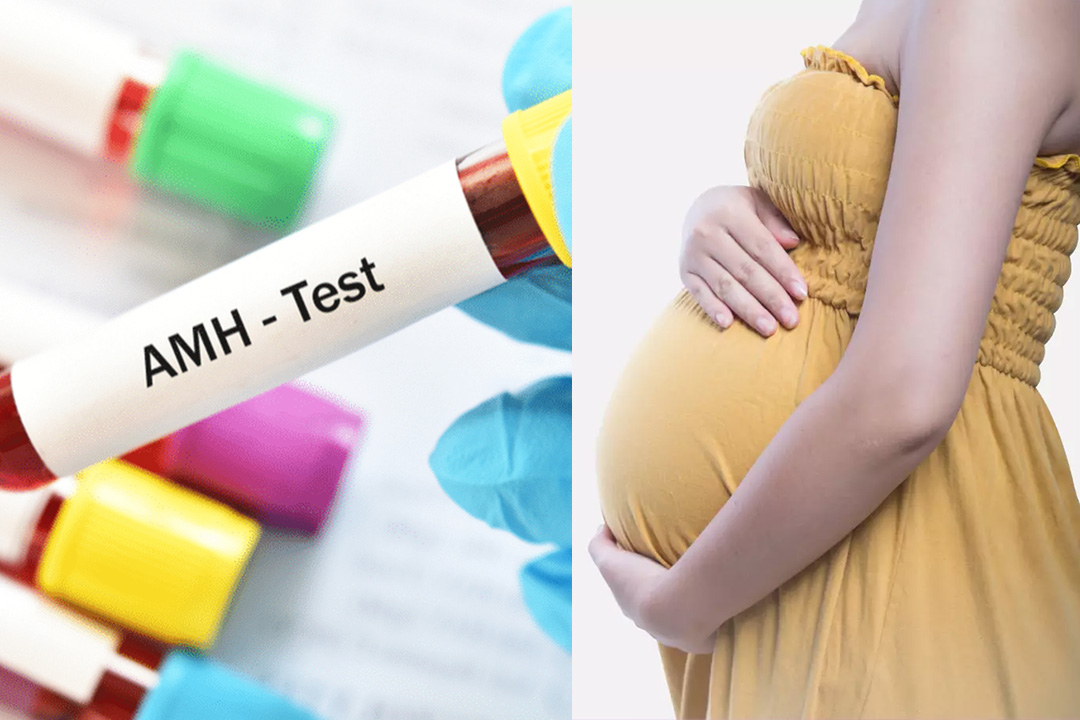IVF Egg Retrieval: Process, Preparation, and Recovery Guide
Fertility journeys can feel overwhelming, especially when you are considering options like in-vitro fertilization (IVF). One of the most important steps in IVF is the egg retrieval procedure, a short yet carefully planned medical process that allows doctors to collect mature eggs from the ovaries.
Because it allows specialists to choose the healthiest eggs for fertilization, improving their chances of producing high-quality embryos, egg retrieval is an essential component of IVF. Knowing how egg retrieval works, why it's done, how to prepare and what occurs after brings clarity and lessens worry for someone starting IVF.
This detailed guide helps people make confident, knowledgeable decisions about their fertility treatment by outlining the whole procedure.
Why Egg Retrieval Is a Key Step in IVF
Egg retrieval allows doctors to collect multiple mature eggs in a single cycle. Normally, the body matures and releases only one egg each month. But in IVF, medications stimulate the ovaries to produce more follicles, each containing a potential egg. The more mature eggs retrieved:
- Higher the chance of successful fertilization
- More embryos can be created
- Greater the opportunity to select strong, healthy embryos for transfer or freezing
Preparing for IVF Egg Retrieval
Preparation does not begin on the day of the procedure but it starts much earlier. Your doctor will create a personalized plan based on your age, AMH levels, ultrasound findings, and hormone profile.
1. Ovarian Stimulation Phase
This phase usually begins on Day 2 or Day 3 of your menstrual cycle. Fertility medications (injectable hormones) are started to encourage the ovaries to grow multiple follicles.
2. Types of Medications Used
Although exact names vary, the medications fall into three broad categories:
- Stimulation medicines: Stimulate the ovaries to produce many follicles.
- Antagonists: Prevent premature ovulation so eggs don’t release too early.
- Trigger shot: Helps eggs complete their final stage of maturation.
These injections are given for 8–12 days depending on the ovarian response.
3. Regular Monitoring
- You will visit the clinic frequently during this phase. Monitoring includes:
Transvaginal ultrasounds to measure follicle size - Blood tests to check estrogen and other hormone levels
This helps doctors adjust medication doses and avoid overstimulation.
4. The Trigger Shot
Once most follicles reach the ideal size (usually 17–22 mm), a trigger shot is administered. The egg retrieval is scheduled 34–36 hours after the trigger, as this is the exact window when eggs reach full maturity but have not yet been released from the follicles.
How Does the IVF Egg Retrieval Procedure Work?
Egg retrieval is a short outpatient procedure performed under controlled conditions.
1. Sedation for Comfort
Before starting, a light anesthetic or sedation is given. You will not feel pain or discomfort during the retrieval.
2. The Procedure Step-by-Step
- An ultrasound probe is inserted vaginally to visualize the ovaries.
- A very fine needle is guided through the vaginal wall into each follicle.
- Follicular fluid containing the eggs is gently suctioned out.
- This fluid is immediately handed to the embryology team for examination.
The entire procedure usually takes 15–30 minutes, depending on the number of follicles.
3. Post-Procedure ObservationAfter the retrieval, you will rest in the clinic for about 1–2 hours until the sedation wears off. Someone should accompany you home.
How Embryologists Handle the Eggs After Retrieval
The work in the IVF laboratory is extremely delicate. As soon as the eggs are retrieved, the embryology team examines the follicular fluid under a microscope.
1. Maturity Assessment: Mature eggs (called metaphase II or MII eggs) are separated because only mature eggs can fertilize.
2. Fertilization Options: Depending on the situation, the eggs are fertilized by:
- Conventional IVF: Sperm and eggs are placed together in a culture dish.
- ICSI (Intracytoplasmic Sperm Injection): A single sperm is directly injected into each egg. This is used when sperm quality is low or previous IVF cycles showed poor fertilization.
3. Embryo Development: Once fertilized, embryos are monitored for 3–6 days. Embryologists observe:
- cell division
- symmetry
- fragmentation
- growth pattern
Only the best-quality embryos are chosen for transfer or freezing.
Why Egg Numbers and Quality Vary from Person to Person
Several factors affect how many eggs are retrieved:
- Age: Egg quantity and quality decline gradually with age, especially after age 35.
- Ovarian Reserve: AMH and AFC (antral follicle count) help predict how well you might respond to stimulation.
- Hormone Response: Some patients respond strongly to medications, while others may require higher doses.
- Genetic and Lifestyle Factors: Smoking, stress, environmental toxins, and chronic conditions can influence egg health.
What Happens If Fewer Eggs Are Retrieved?
Even with fewer eggs, many individuals still achieve good-quality embryos. IVF success depends on:
- Egg quality
- Sperm health
- Embryo development
- Uterine environment
It’s not unusual for a cycle with fewer eggs to result in excellent embryos.
Recovery and Aftercare Following Egg Retrieval
Recovery is usually quick, but knowing what to expect helps you prepare better. Some common symptoms include:
- Abdominal discomfort
- Bloating from enlarged ovaries
- Mild spotting
- Tiredness
- Gas or pressure
- Slight nausea from sedation
When Should You Contact Your Doctor?
Seek medical attention if you experience:
- Intense abdominal pain
- Difficulty breathing
- Persistent vomiting
- Fever
- Rapid weight gain
- Very swollen abdomen
These could indicate complications like OHSS, which needs timely care.
Natural Cycle vs. Stimulated Cycle Retrieval
It is crucial to understand the difference between these two methods to make the best decision:
Natural Cycle IVF
- Retrieves the single egg produced naturally
- No stimulation medications
- Lower cost
However, fewer chances of embryo creation
Stimulated IVF- Uses medications to grow multiple follicles
- Higher number of eggs
- Better embryos and greater success rates
Stimulated cycles are more common and more effective for most patients.
Cost of IVF Egg Retrieval in India
The cost for the egg retrieval part of an IVF cycle in India is typically included in a larger package, with some sources estimating this specific procedure costs around ₹70,000 to ₹1,20,000. However, a full standard IVF cycle can range from approximately ₹1,50,000 to ₹2,50,000 and includes consultations, diagnostics, and embryo transfer.
Cost breakdown
- Egg retrieval: This specific procedure is often bundled into the larger IVF package. However, some sources estimate the cost for the egg retrieval process itself, along with other lab services like fertilization and embryo culture, to be in the ₹70,000–₹1,20,000 range.
- Full IVF cycle: A standard IVF cycle, including egg retrieval, embryo transfer, and associated services, can cost between ₹1,50,000 and ₹2,50,000.
- Additional procedures: Costs can increase significantly depending on the need for other services, such as ICSI (Intracytoplasmic Sperm Injection), embryo freezing, or the use of donor eggs or sperm.
Are There Risks Associated With Egg Retrieval?
Complications are rare but may include:
- Ovarian Hyperstimulation Syndrome (OHSS): Signs include bloating, weight gain, and discomfort. Clinics now use safer protocols to reduce this risk.
- Infection: Very rare; preventive measures are taken.
- Bleeding: Usually minimal and self-limited.
- Reaction to Sedation: Mild drowsiness or nausea is common but temporary.
Overall, egg retrieval is considered a safe, routine procedure.
Frequently Asked Questions
What is the ideal age for egg retrieval?
Egg quality is generally best in the late 20s to early 30s, but successful IVF can occur at many ages depending on ovarian reserve and overall health.
Should I take leave from work after egg retrieval?
Most people take the rest of the day off. Many return to normal routines the next day, though heavy exercise should be avoided.
Does egg retrieval hurt?
The procedure itself is painless due to sedation. Mild cramps afterward are normal.
How soon can I travel after retrieval?
Short travel is fine the next day, but long trips are not recommended until bloating reduces.
How Many Eggs Are Considered “Good” for IVF?
There is no universal number, but many clinicians suggest 8–15 mature eggs provide a good balance of quality and safety. However, IVF success is possible even with 1–3 eggs. The focus is always on quality over quantity.
Does Egg Retrieval Affect Future Fertility?
No. Egg retrieval does not reduce long-term fertility or “use up” future eggs. Every menstrual cycle naturally loses several follicles. IVF simply uses some of the follicles that would not have matured on their own. Your body still continues its natural process after the IVF cycle ends.
Is IVF 100% effective?
No treatment can guarantee pregnancy, but IVF significantly improves the chances for many individuals and couples.
Conclusion
One of the IVF process's most carefully controlled stages is egg retrieval. Despite its seeming complexity, the process is really quick, secure, and well-organized. Every stage, from preparation and stimulation to recovery and embryo growth, is planned to maximize the chances of success.
People can feel more in charge of their reproductive journey, engage actively in treatment decisions, and have less worry if they know what to anticipate. IVF is still developing, giving those who aspire to have children fresh hope and scientific assistance.
About Us
AKsigen IVF is a premier center for advanced fertility treatments, with renowned fertility experts on our team. Specializing in IVF, ICSI, egg freezing, and other cutting-edge reproductive technologies, AKsigen IVF is committed to helping couples achieve their dream of parenthood. With personalized care and a patient-first approach, AKsigen IVF provides comprehensive fertility solutions under one roof.





